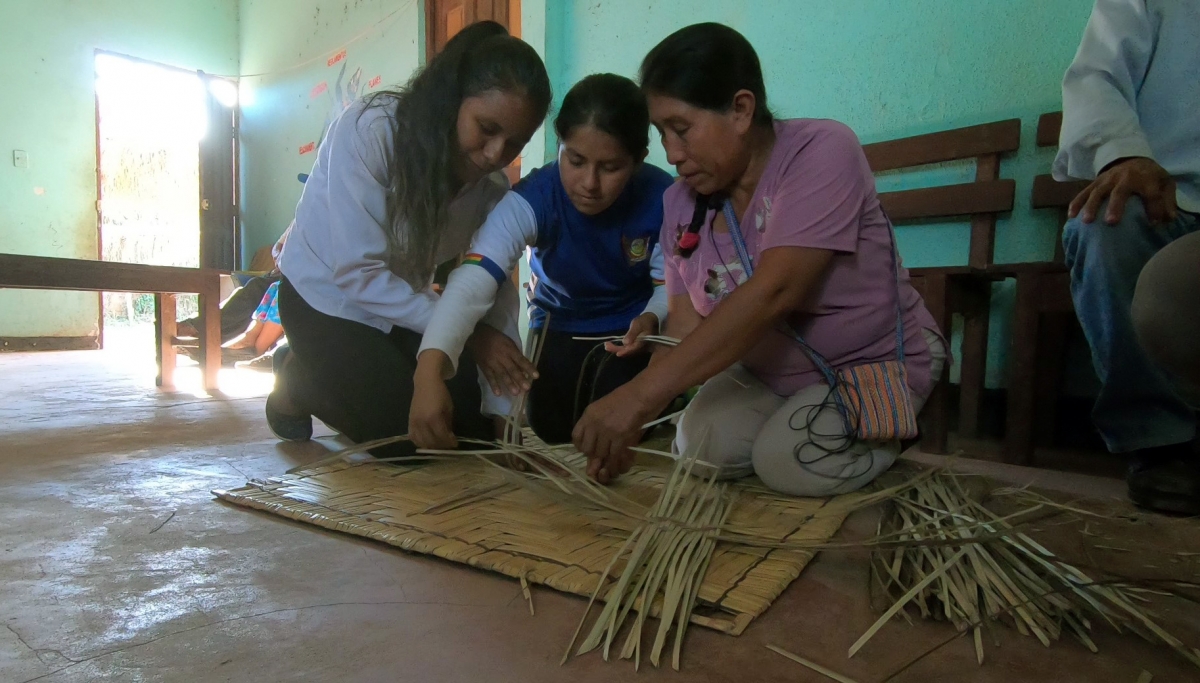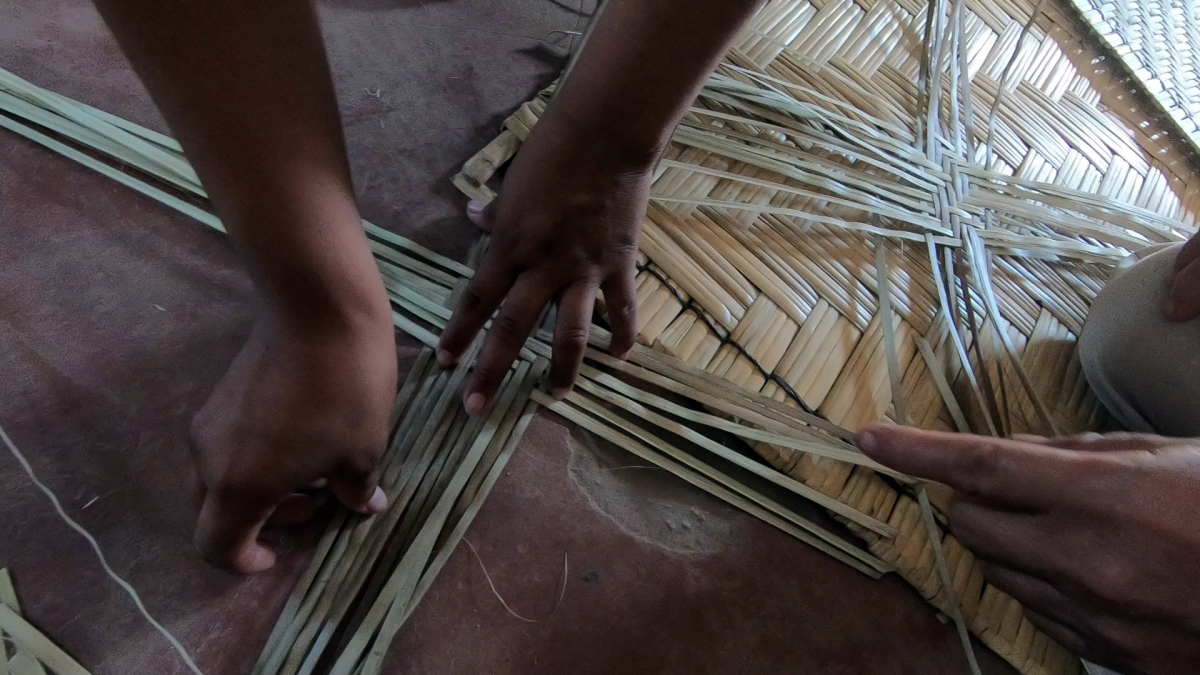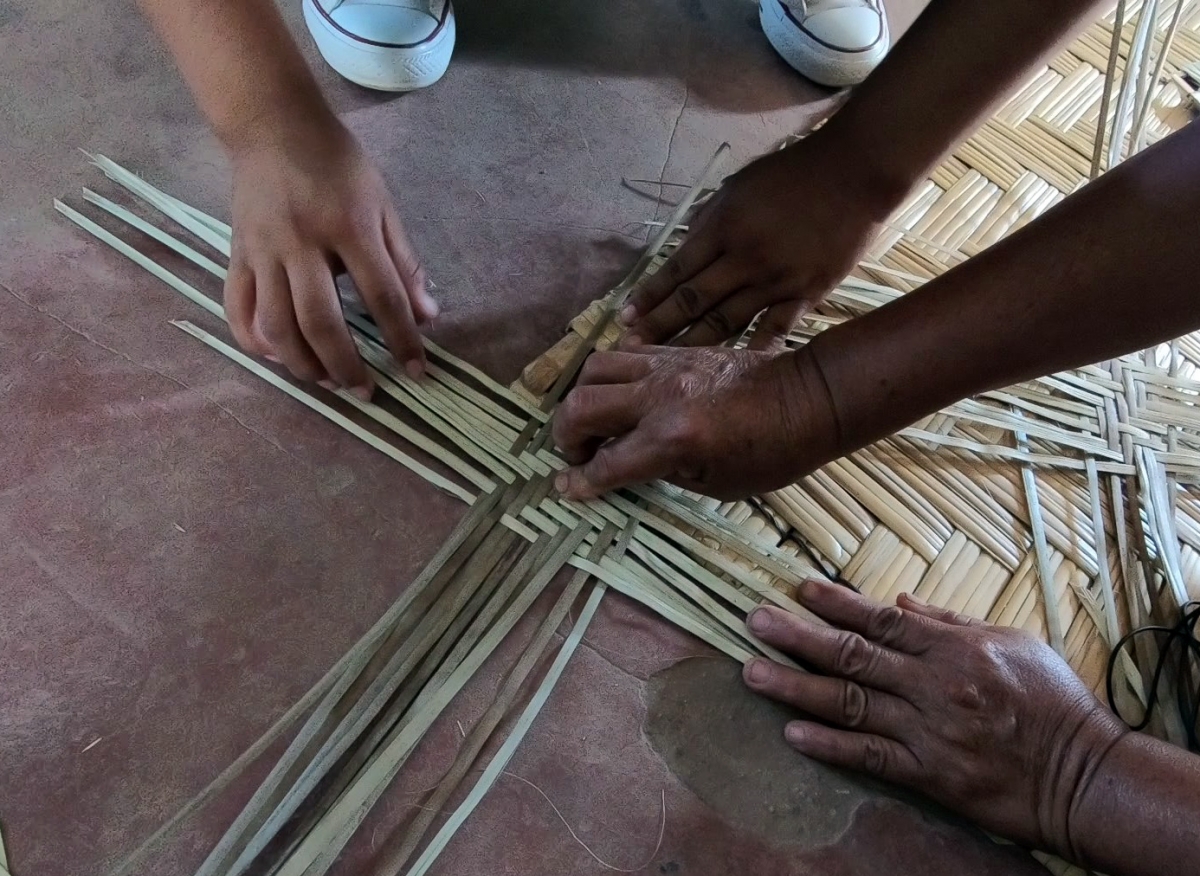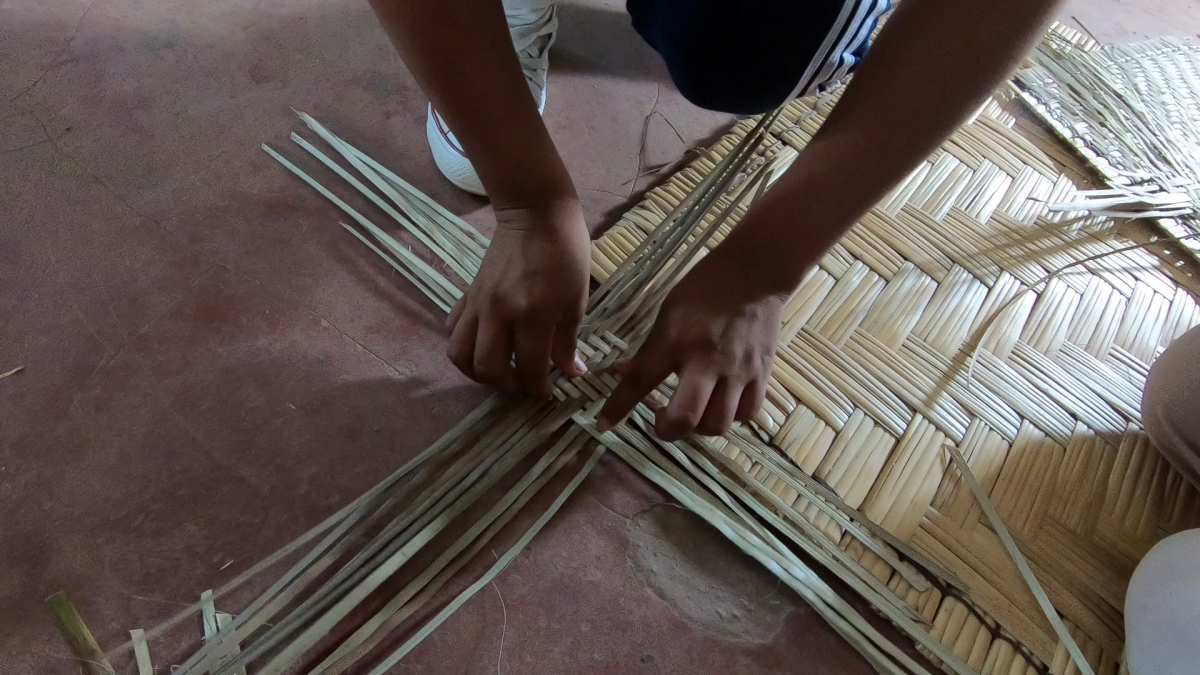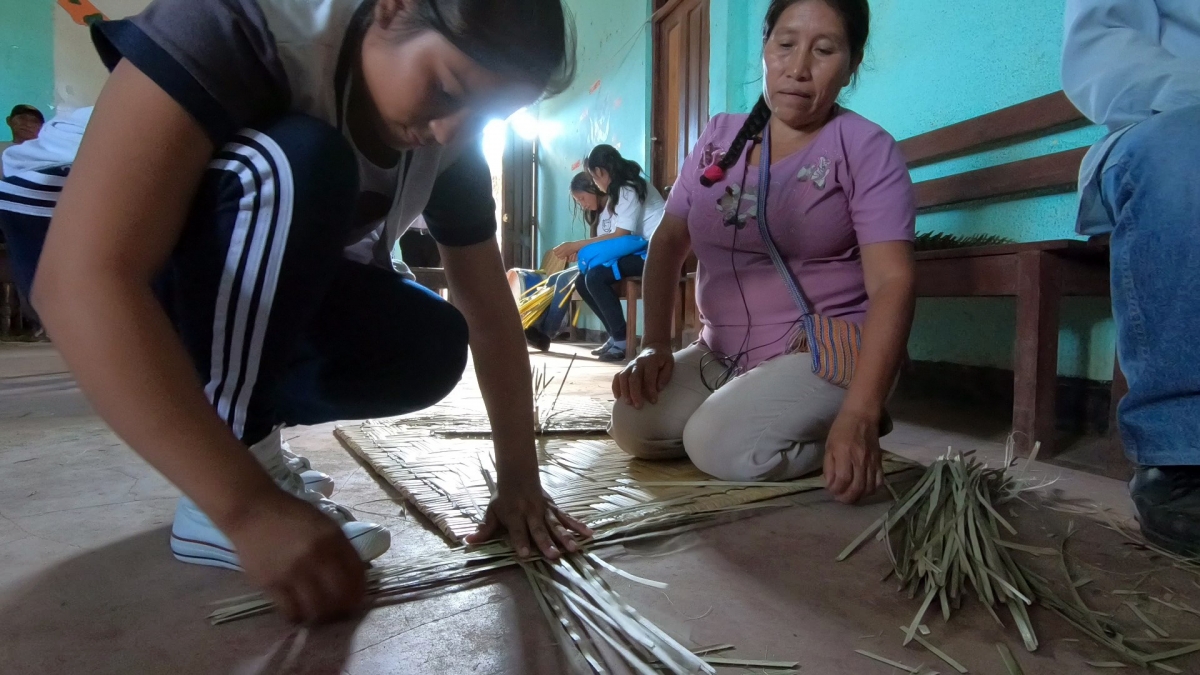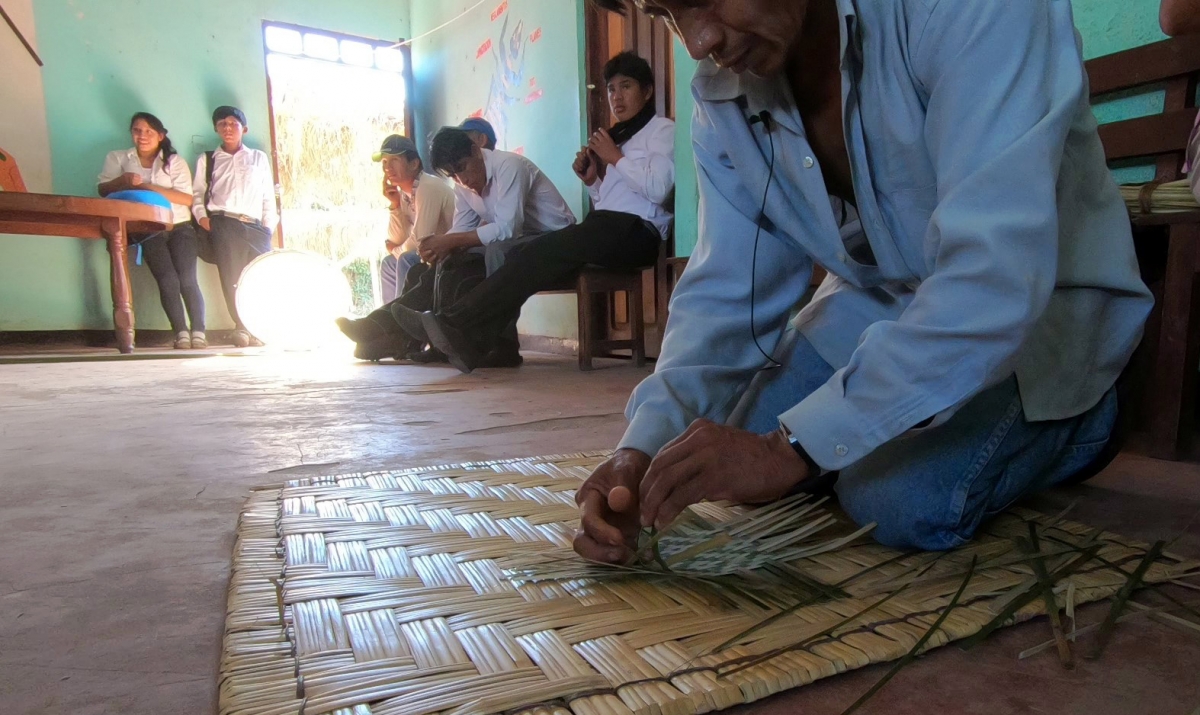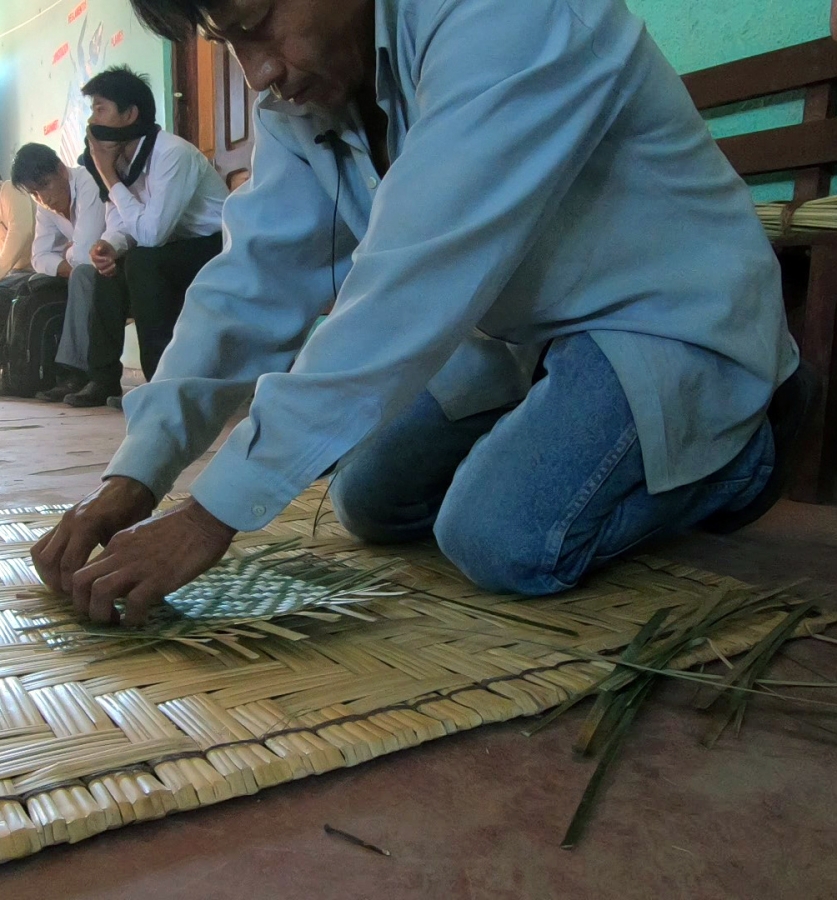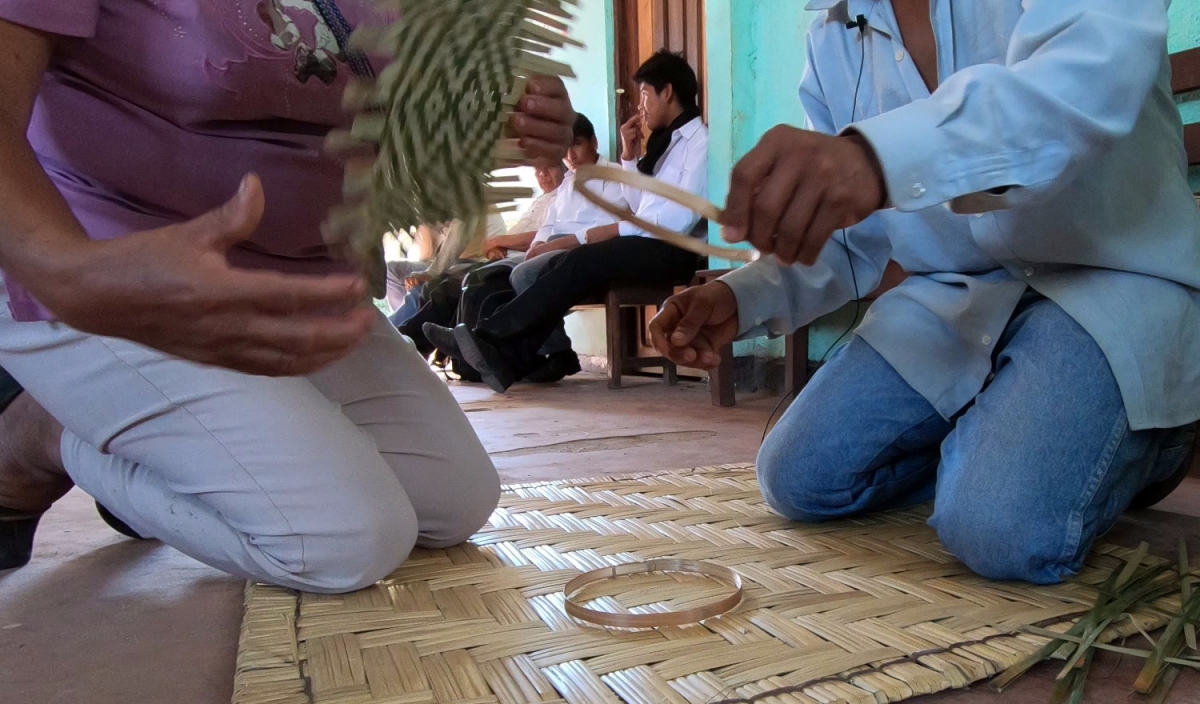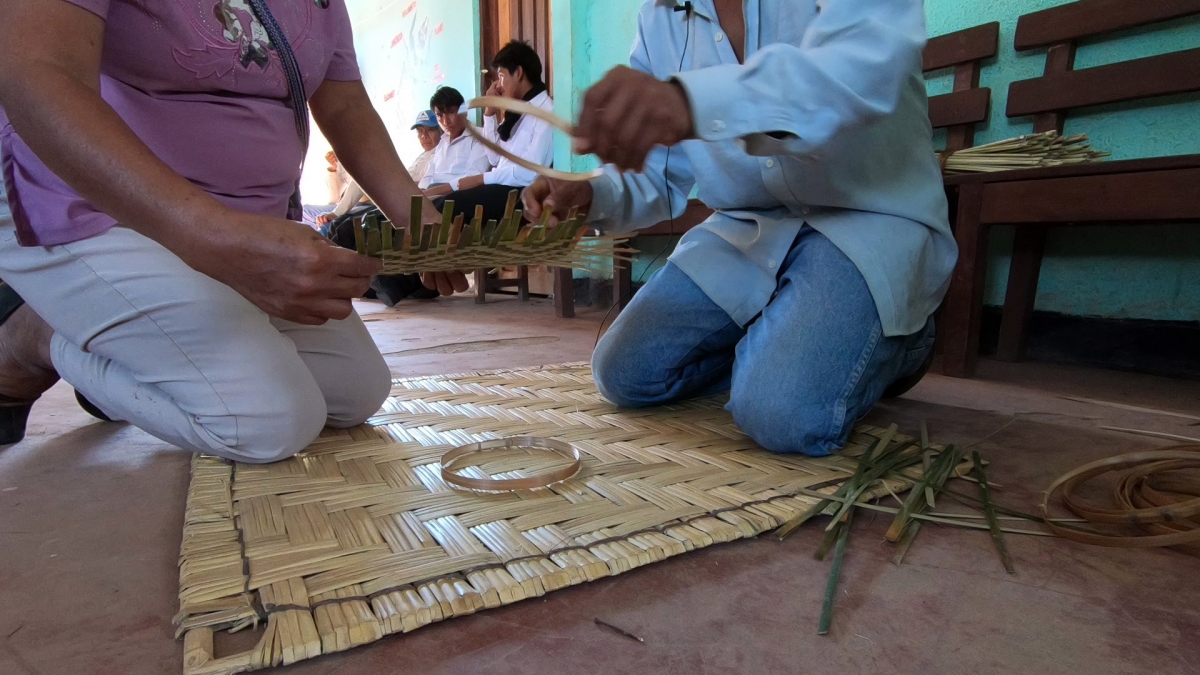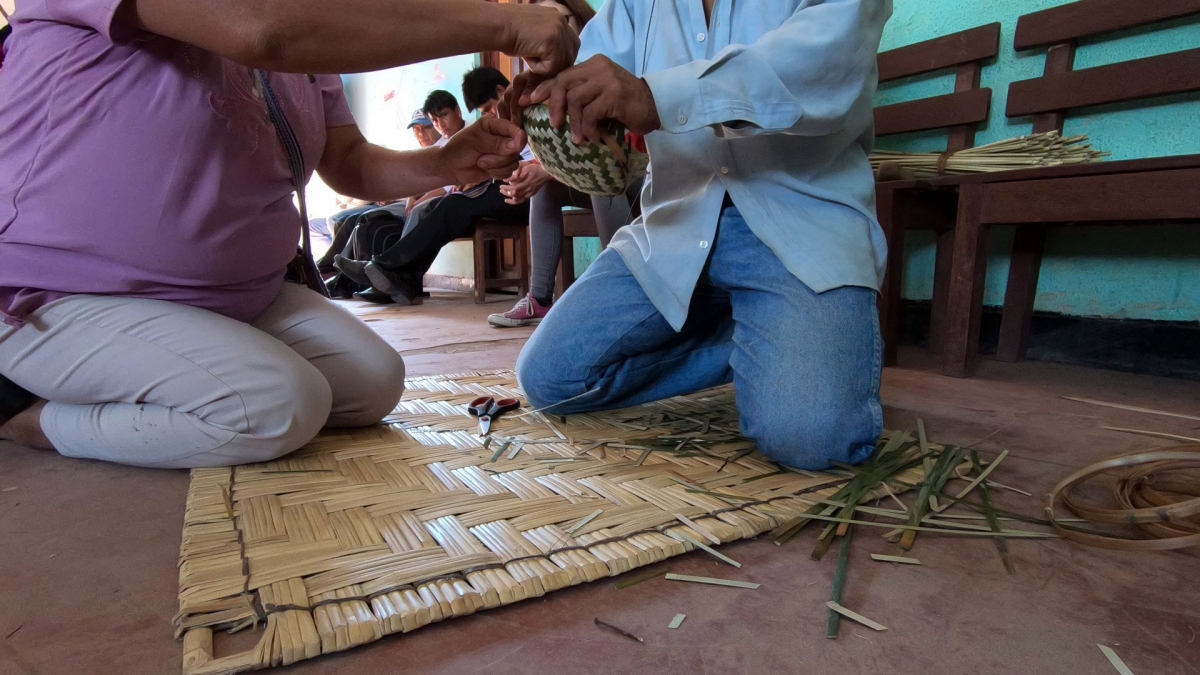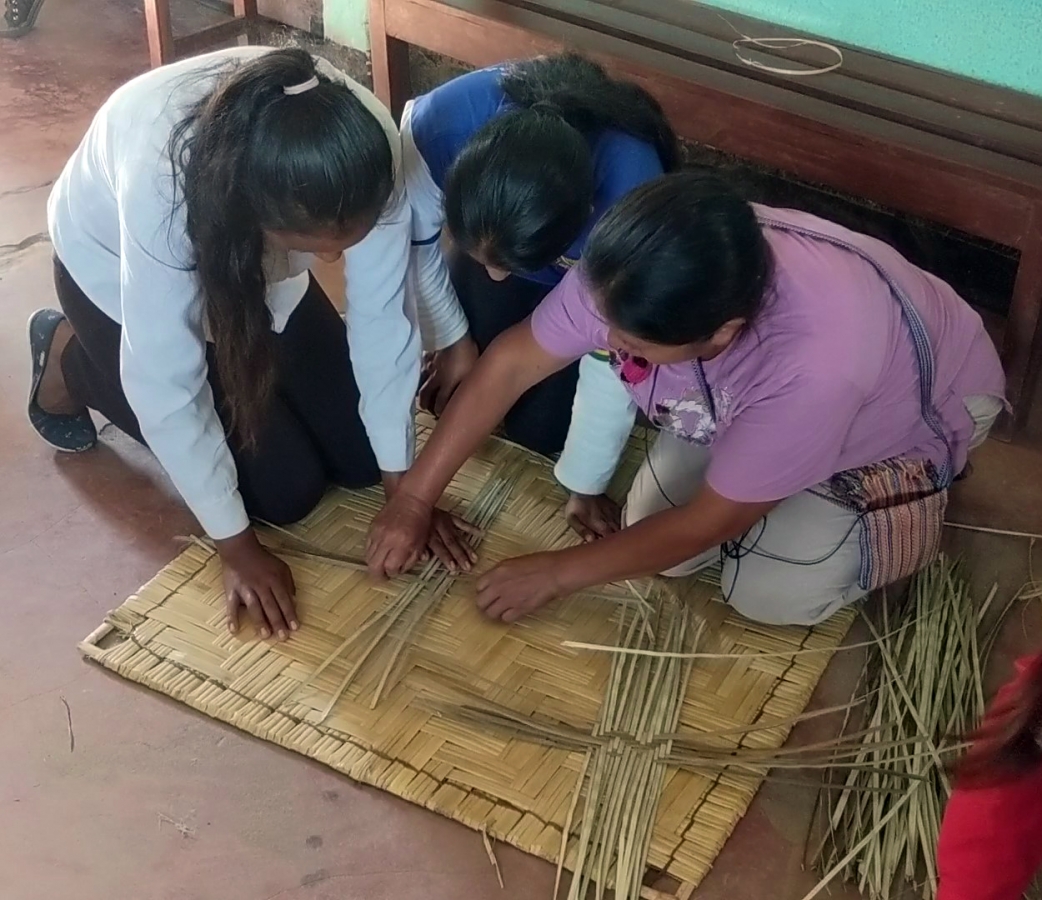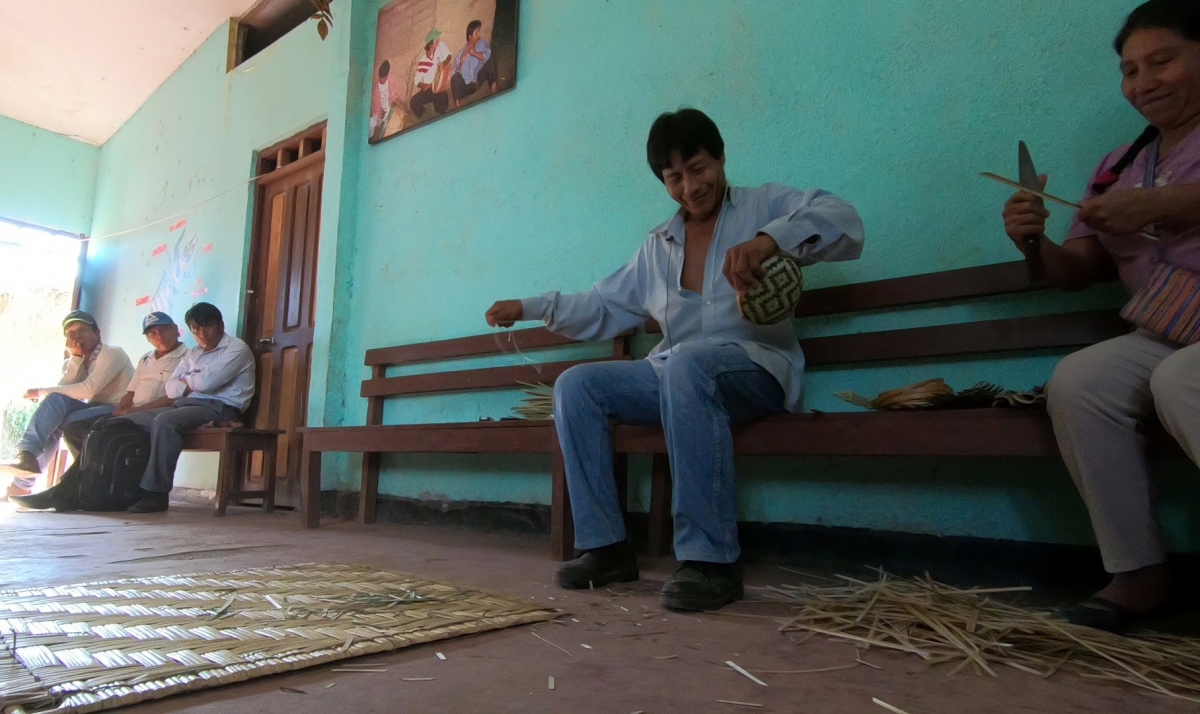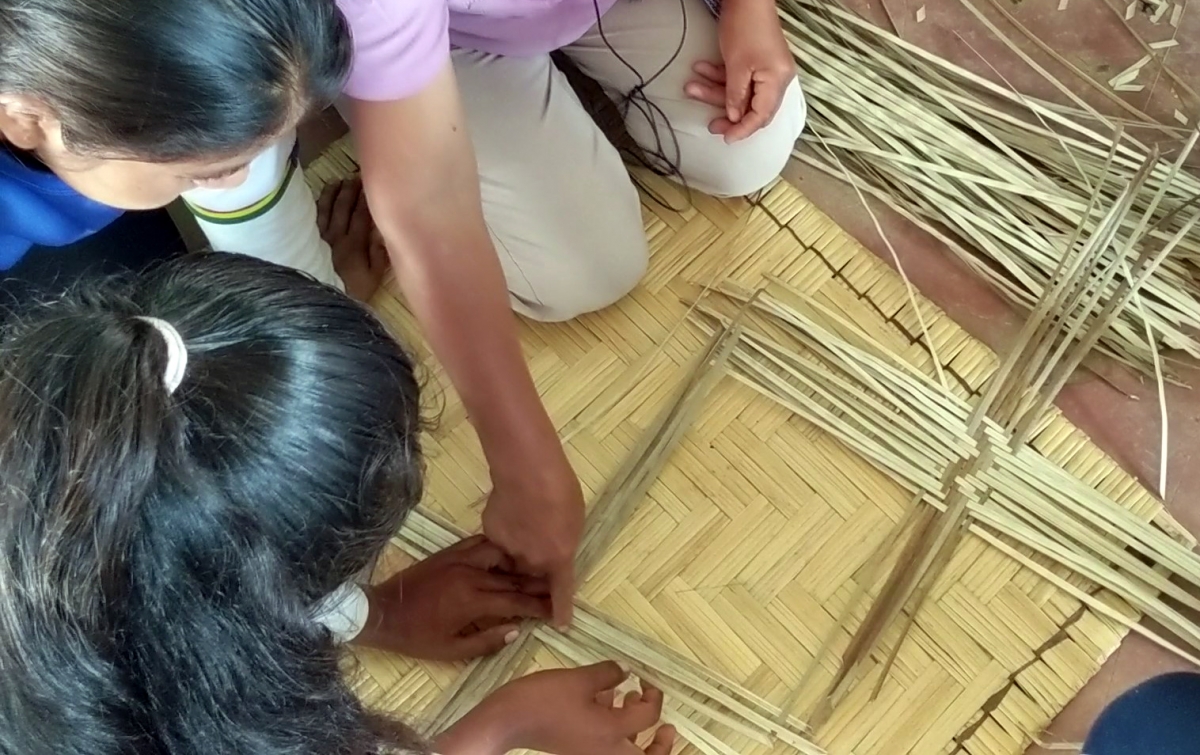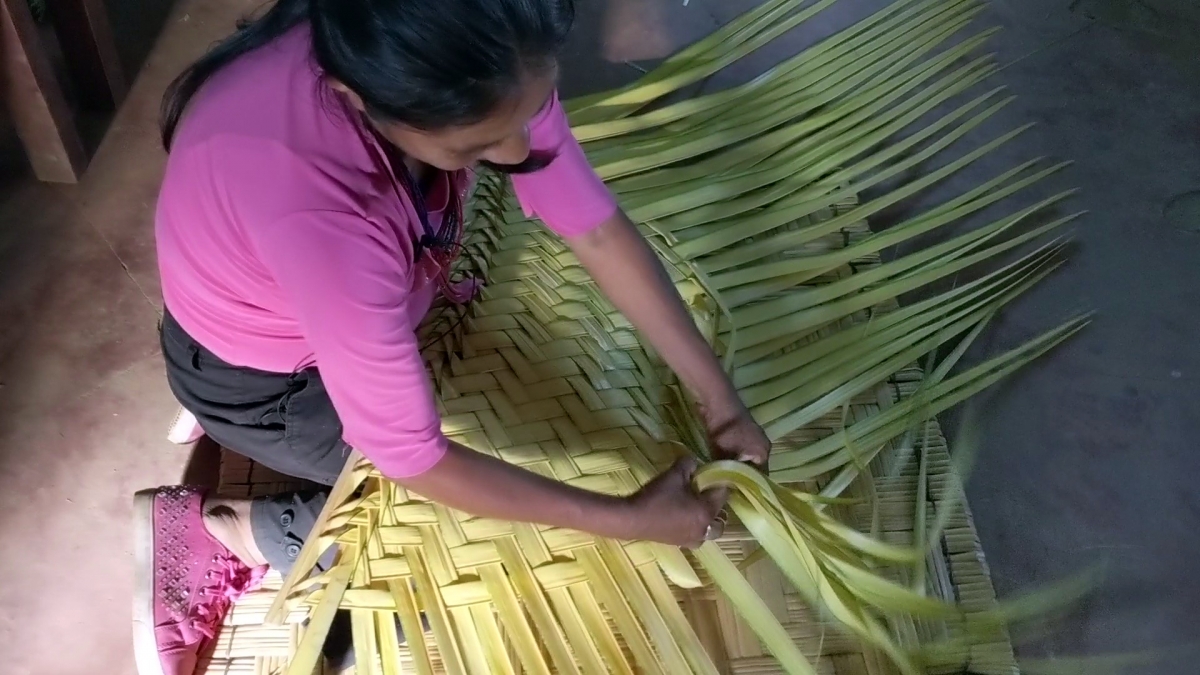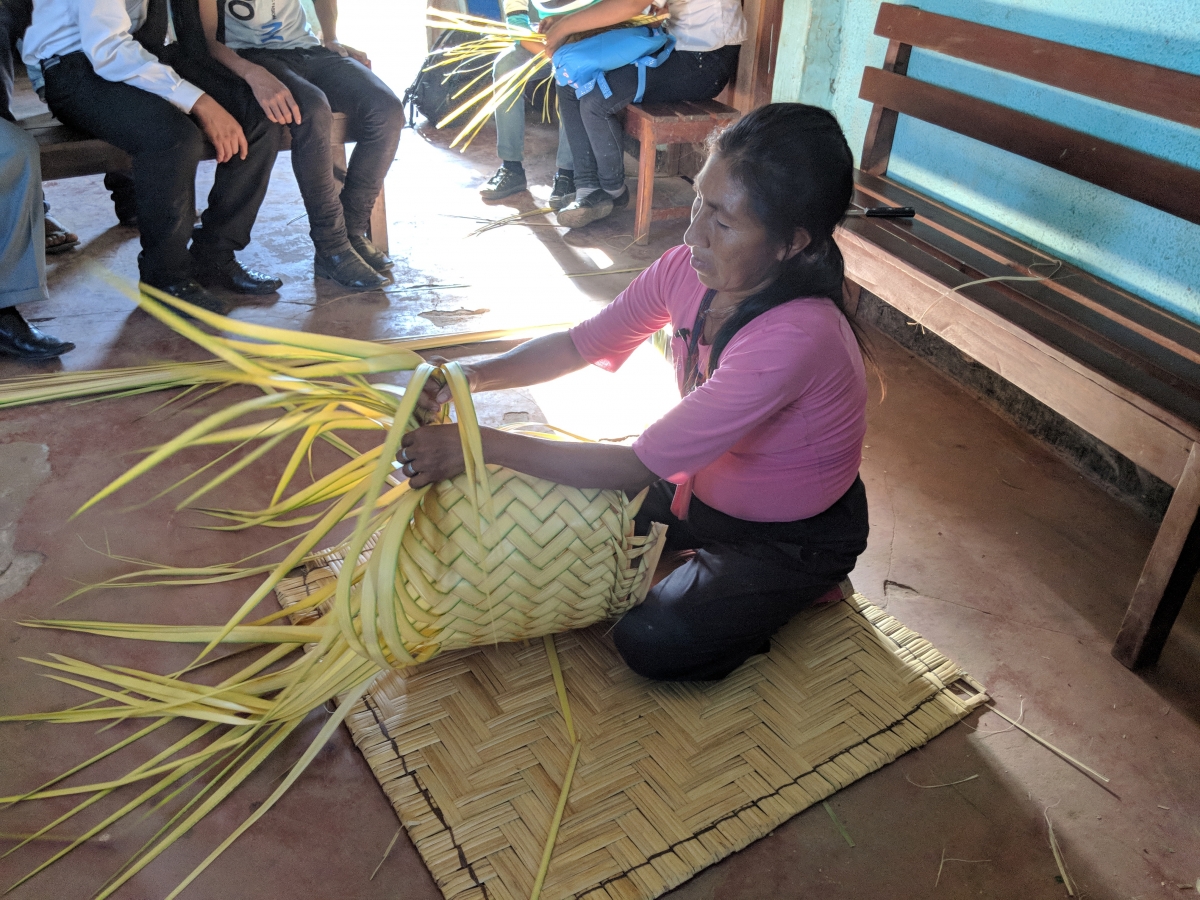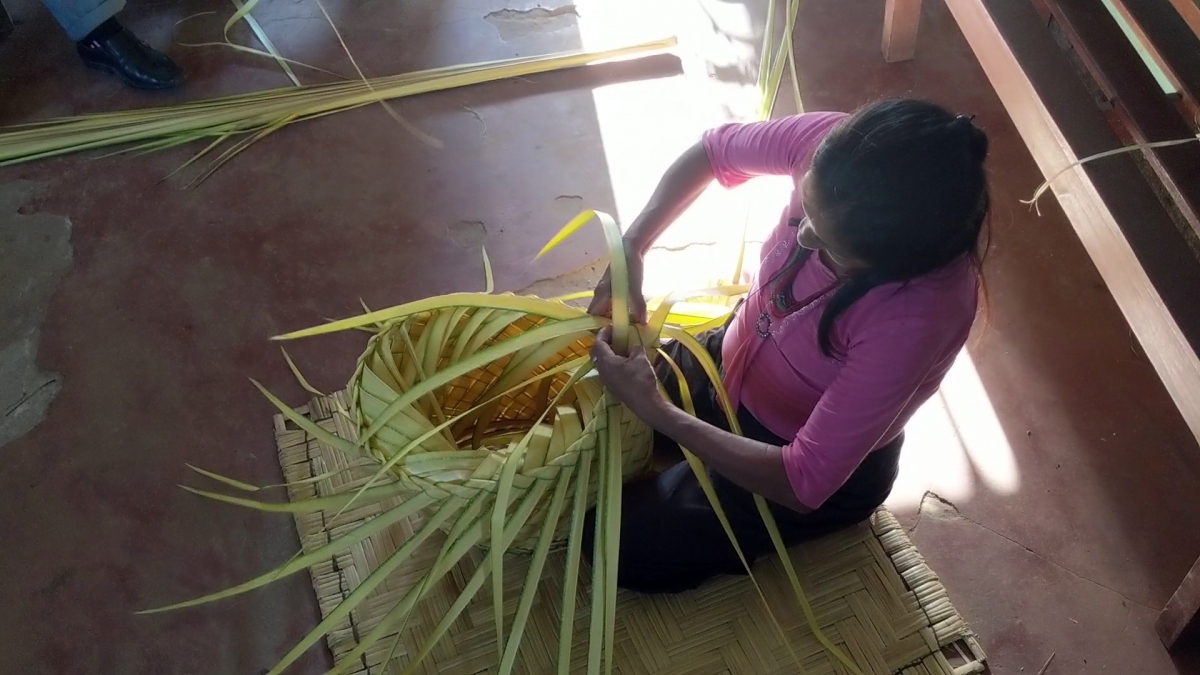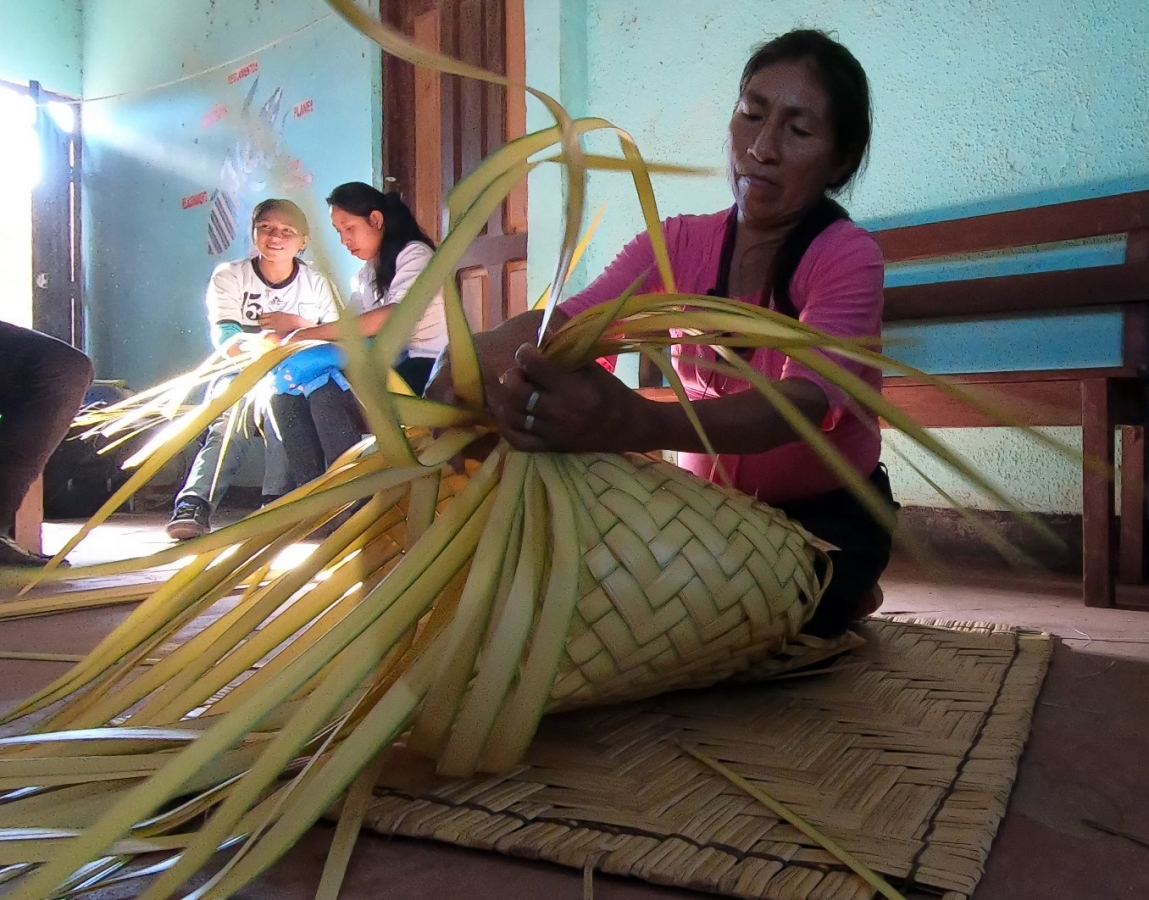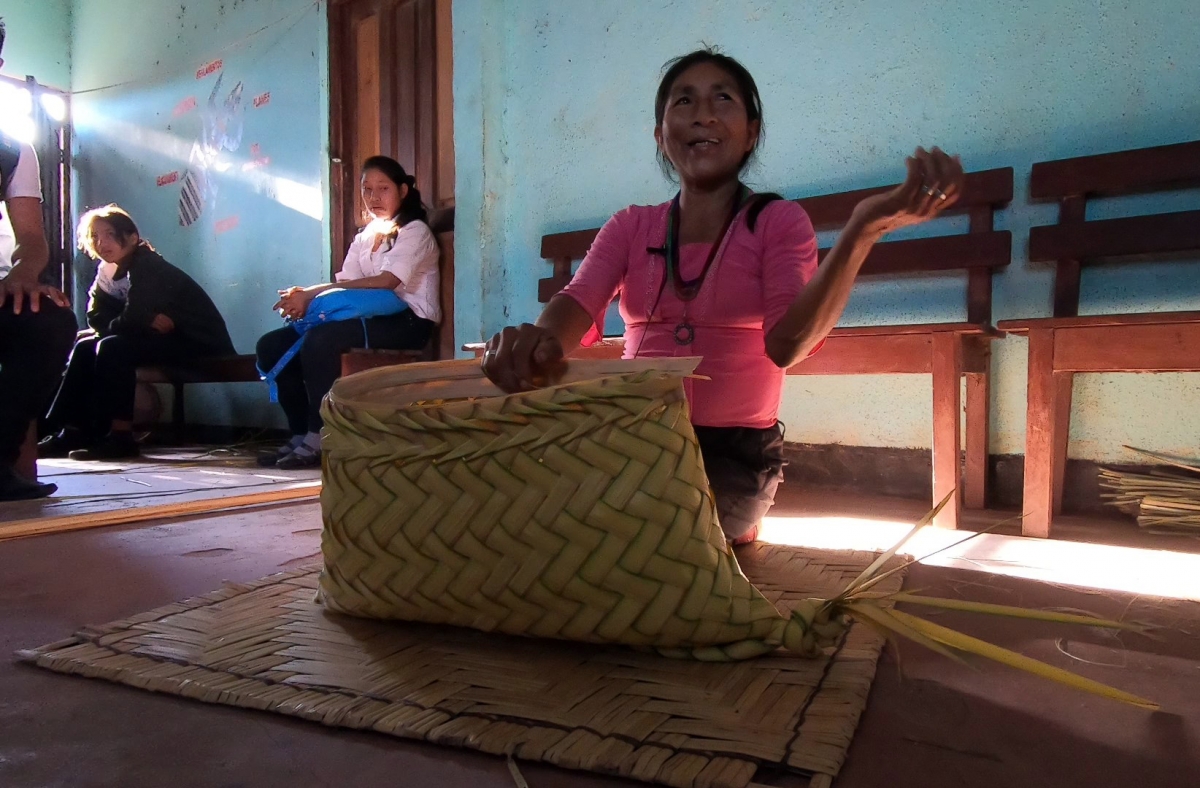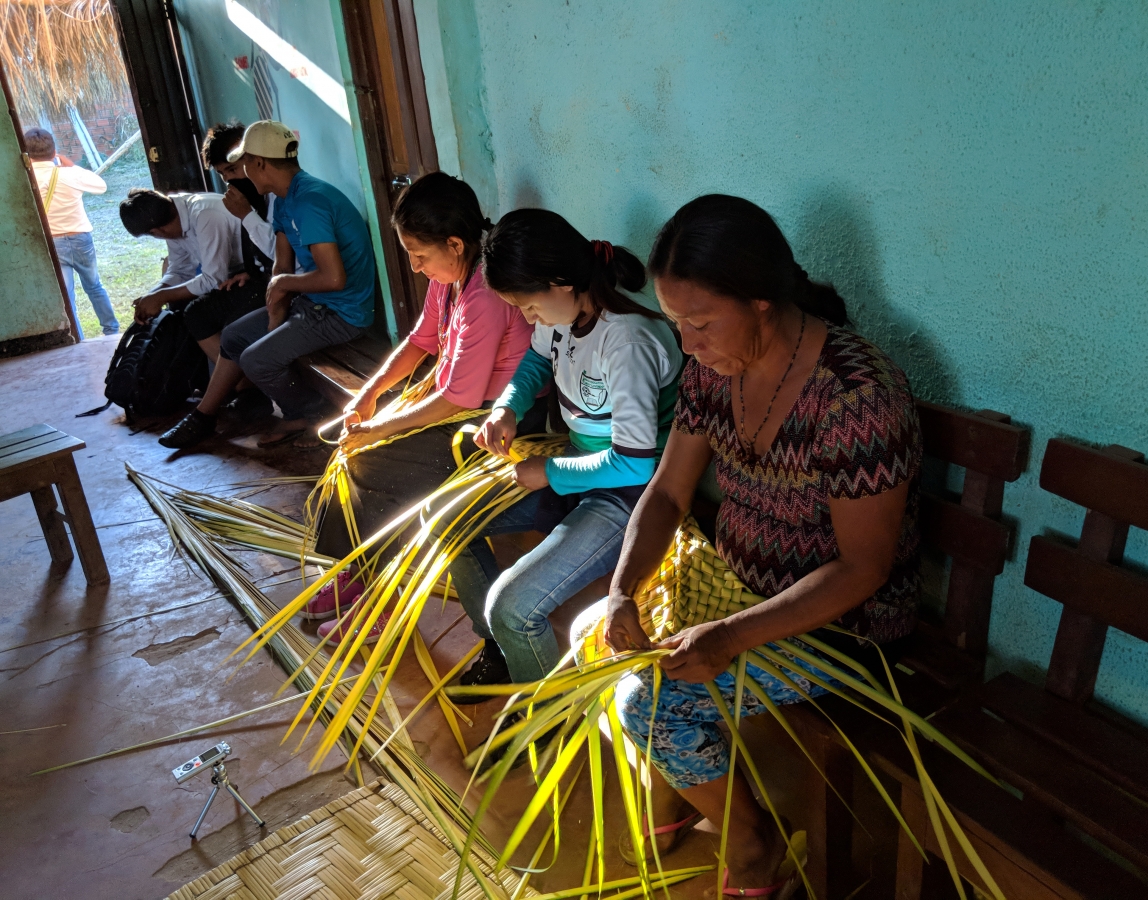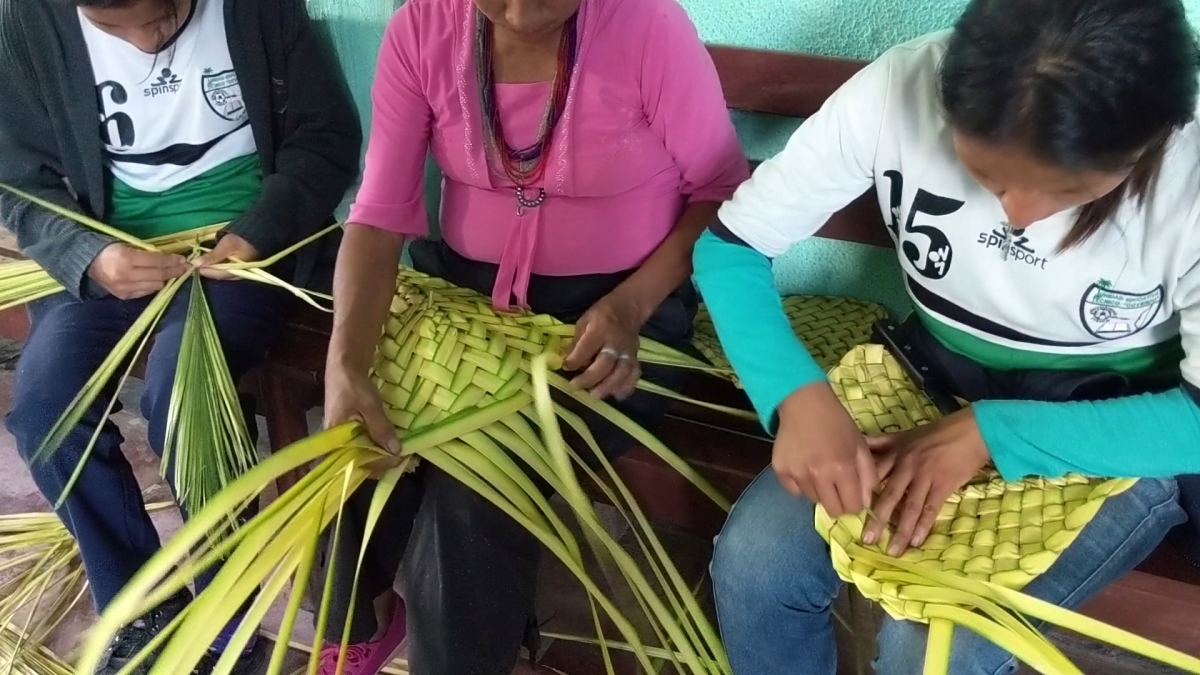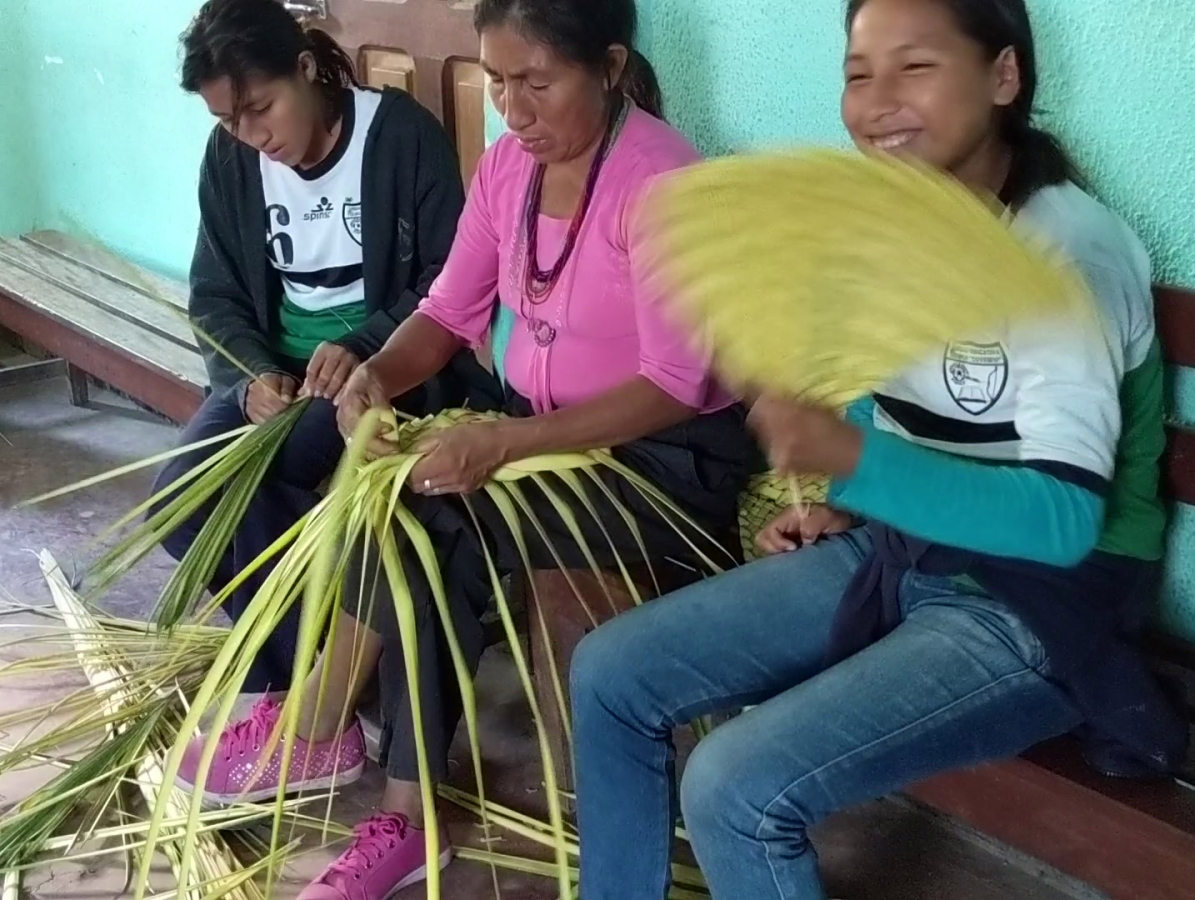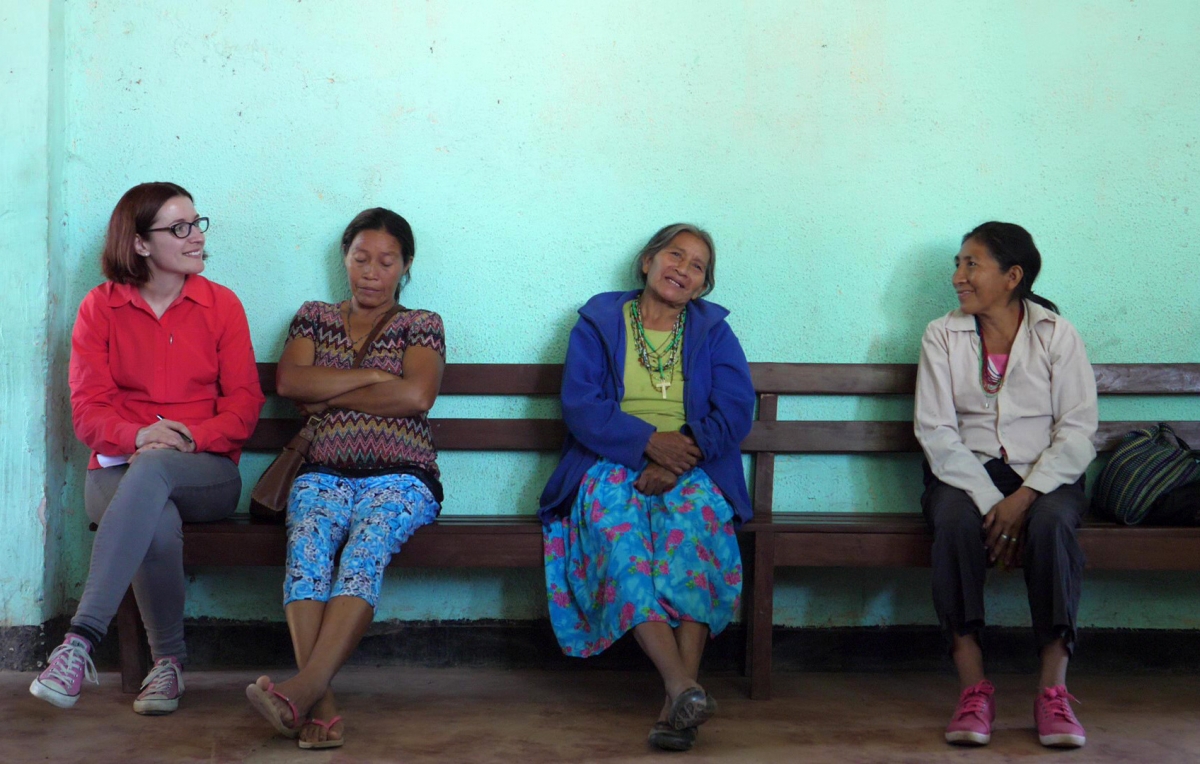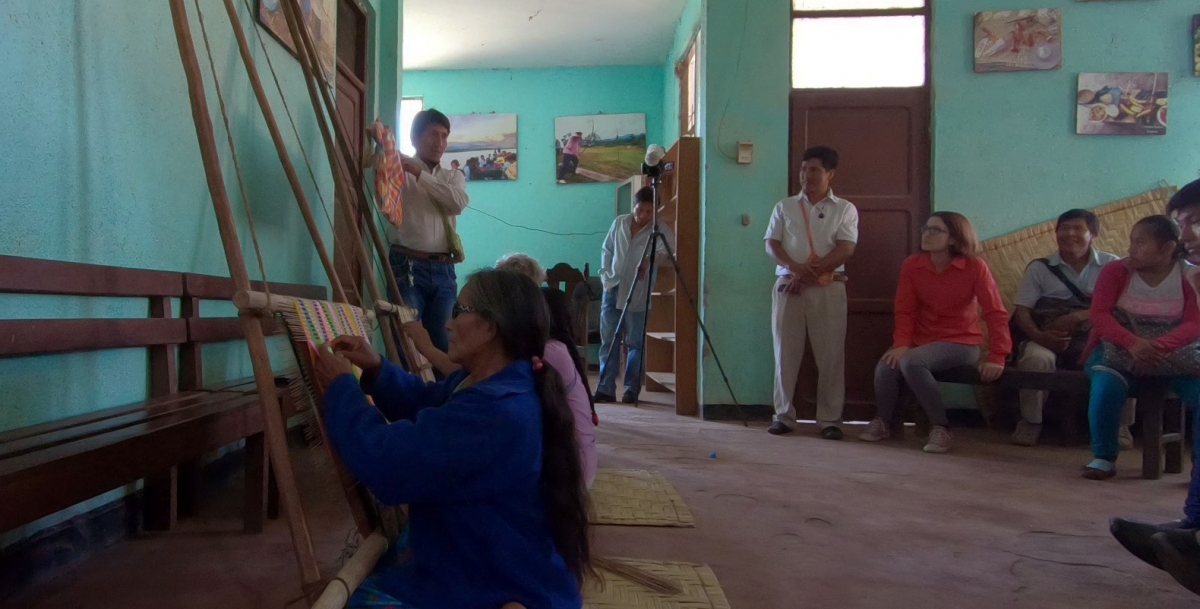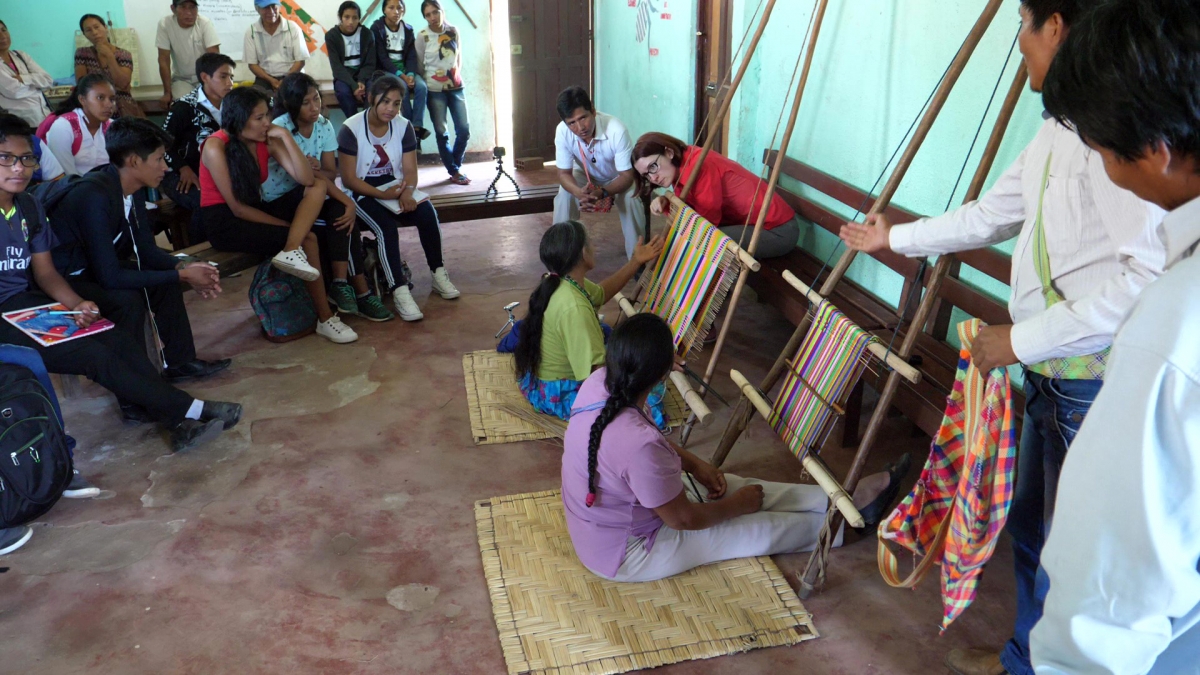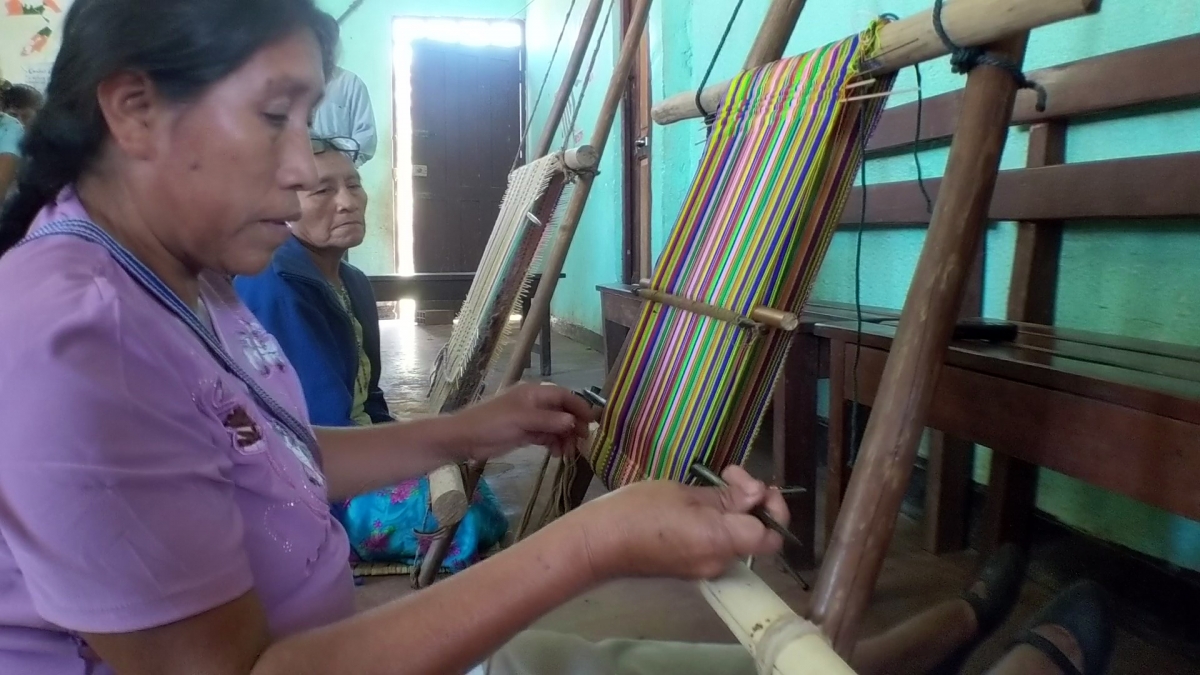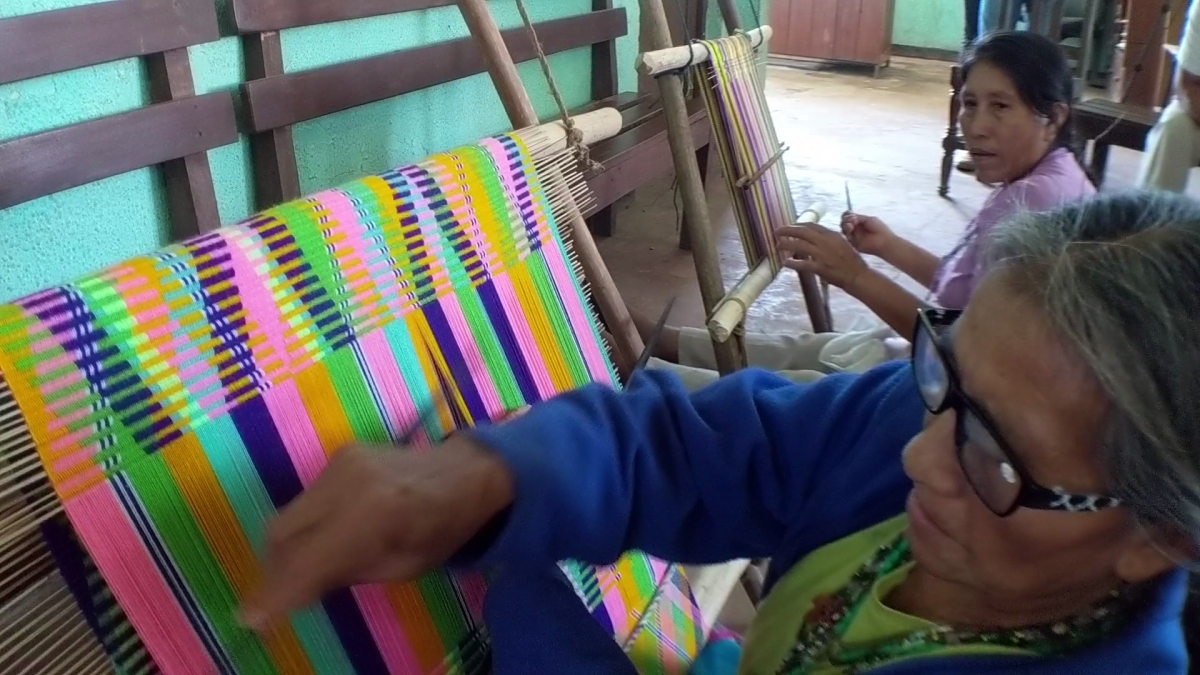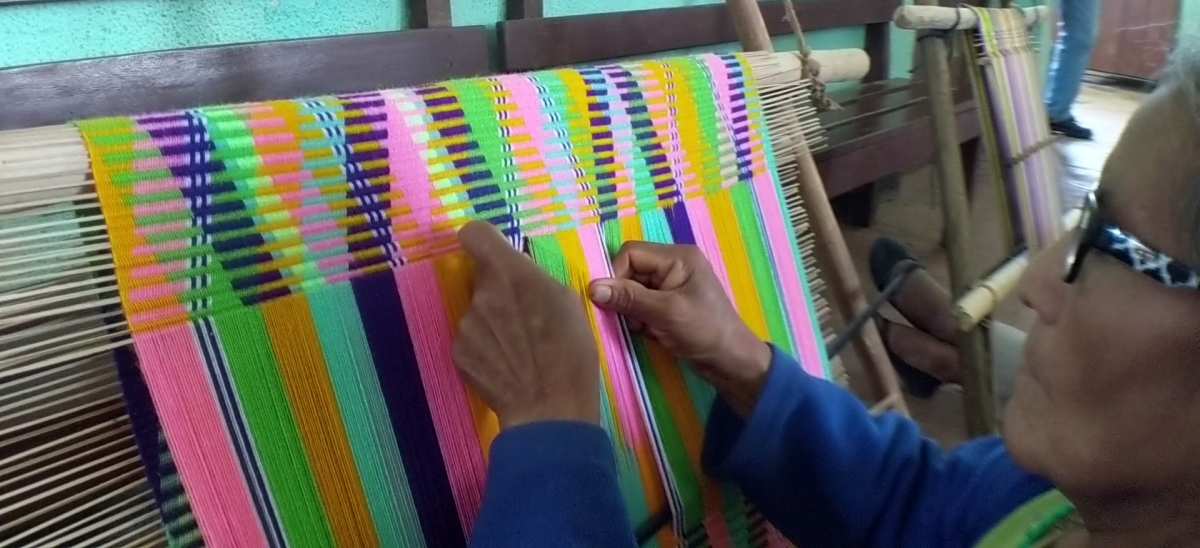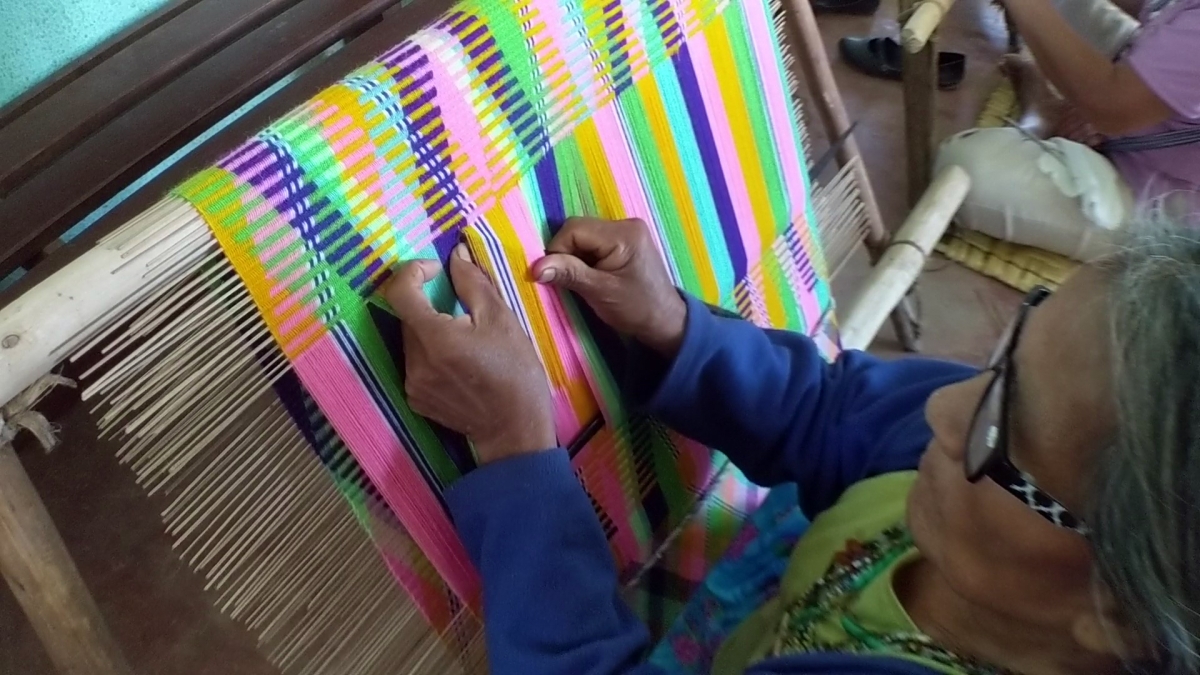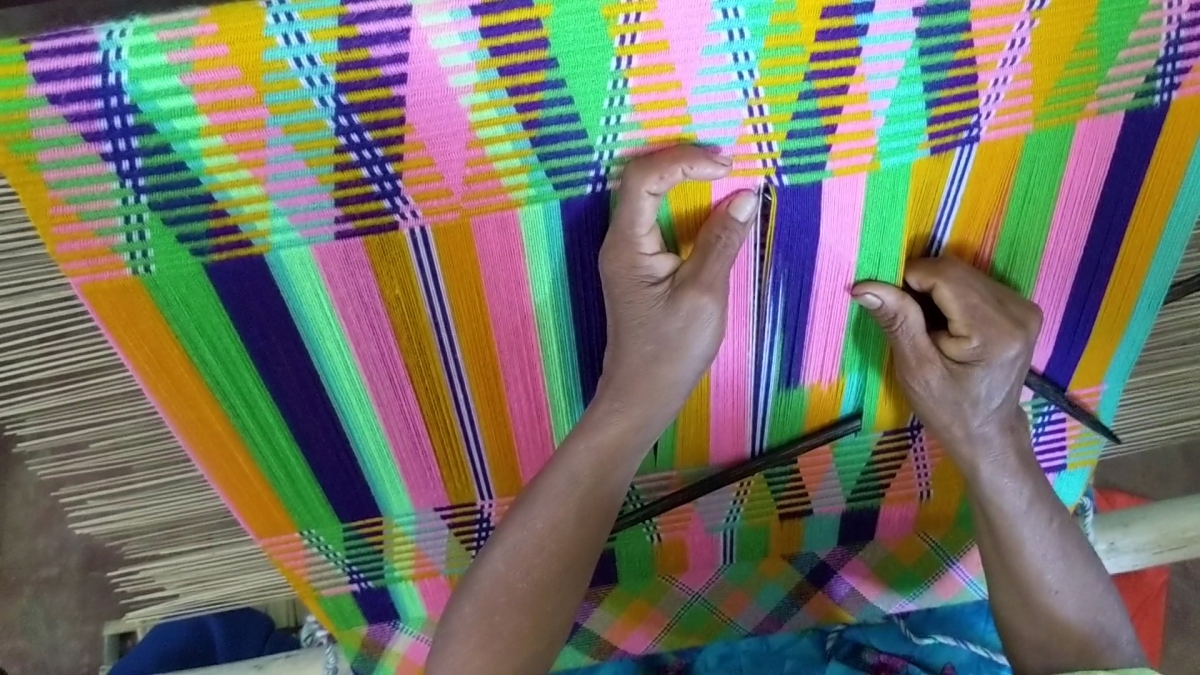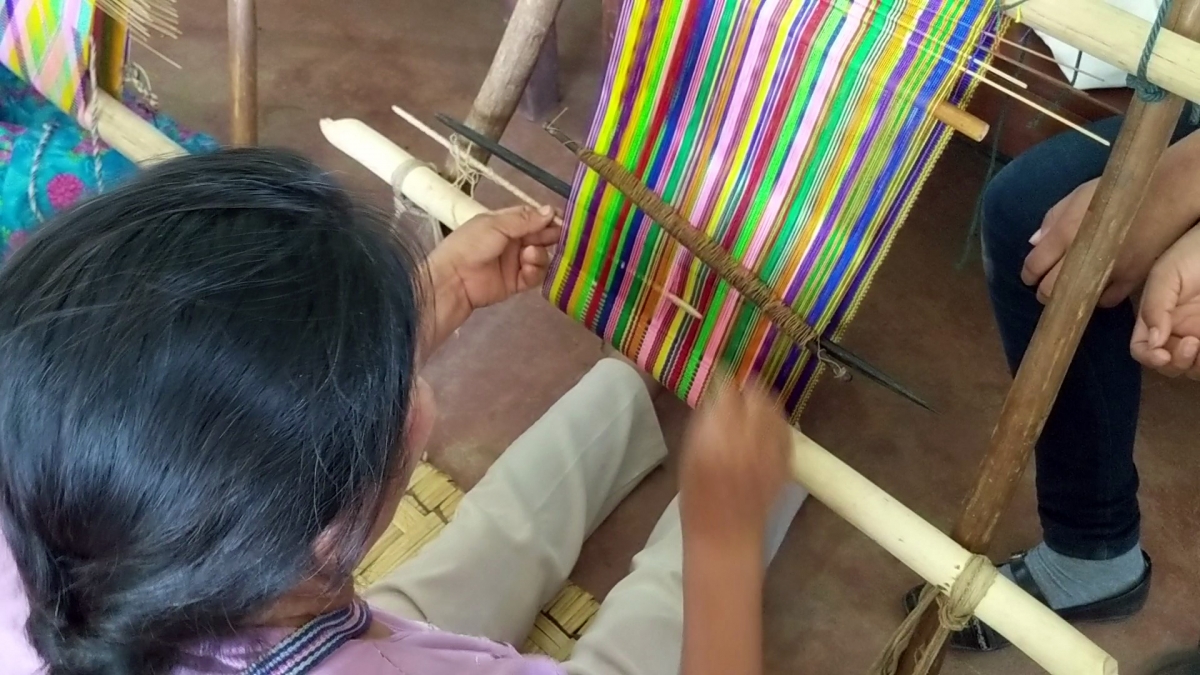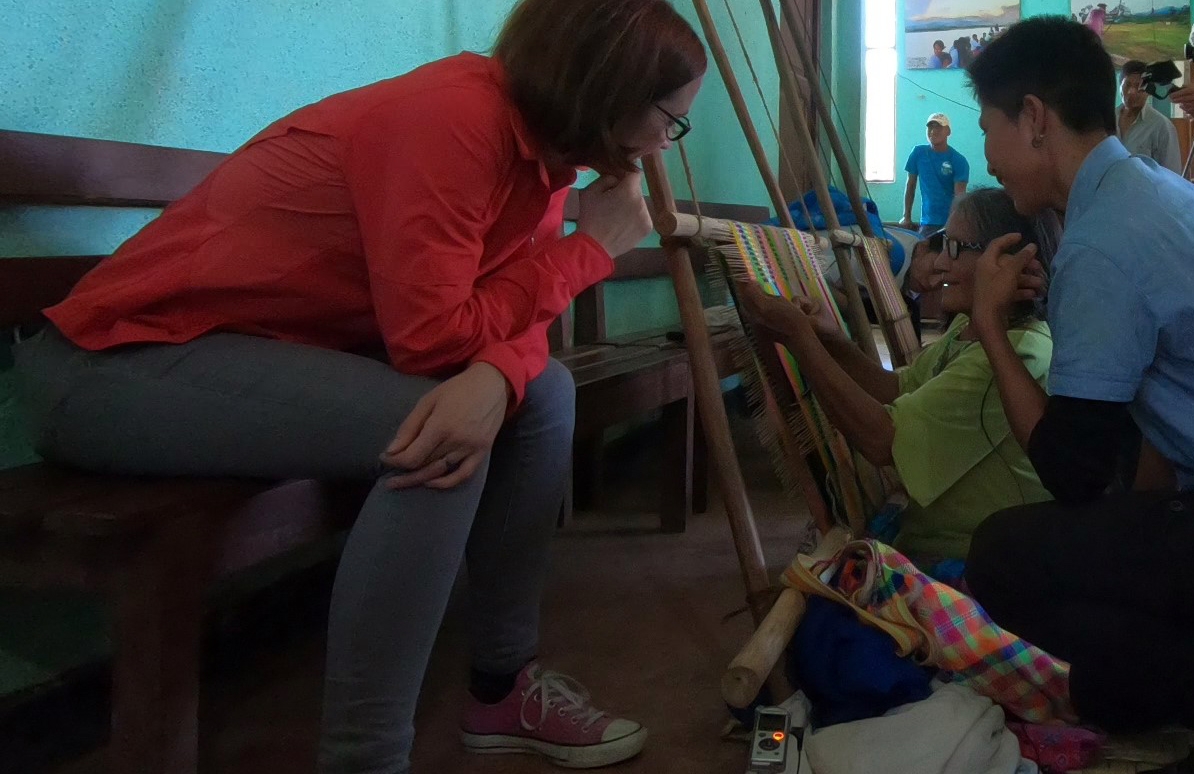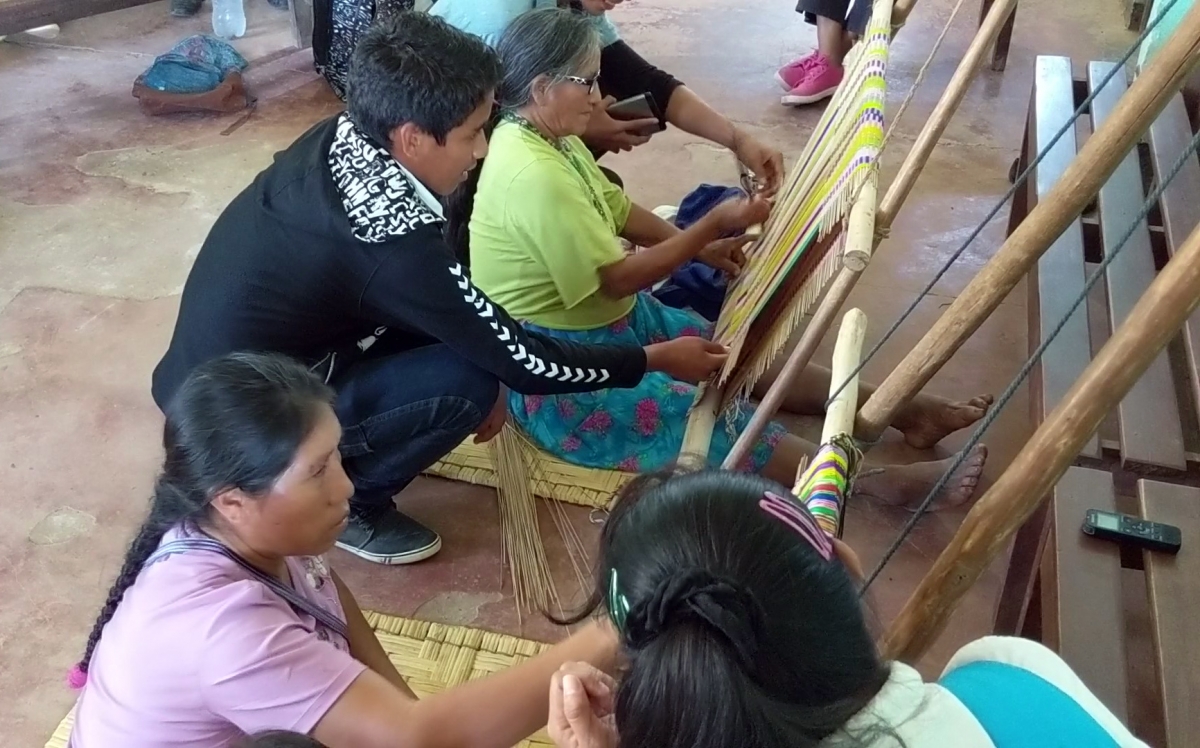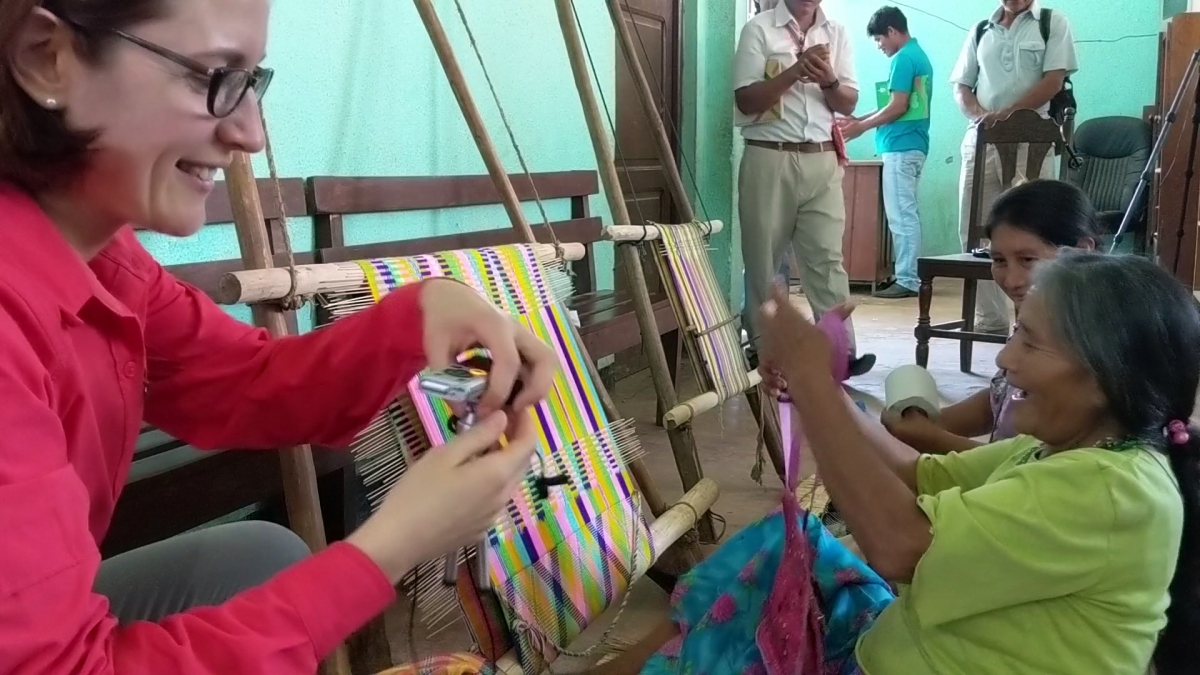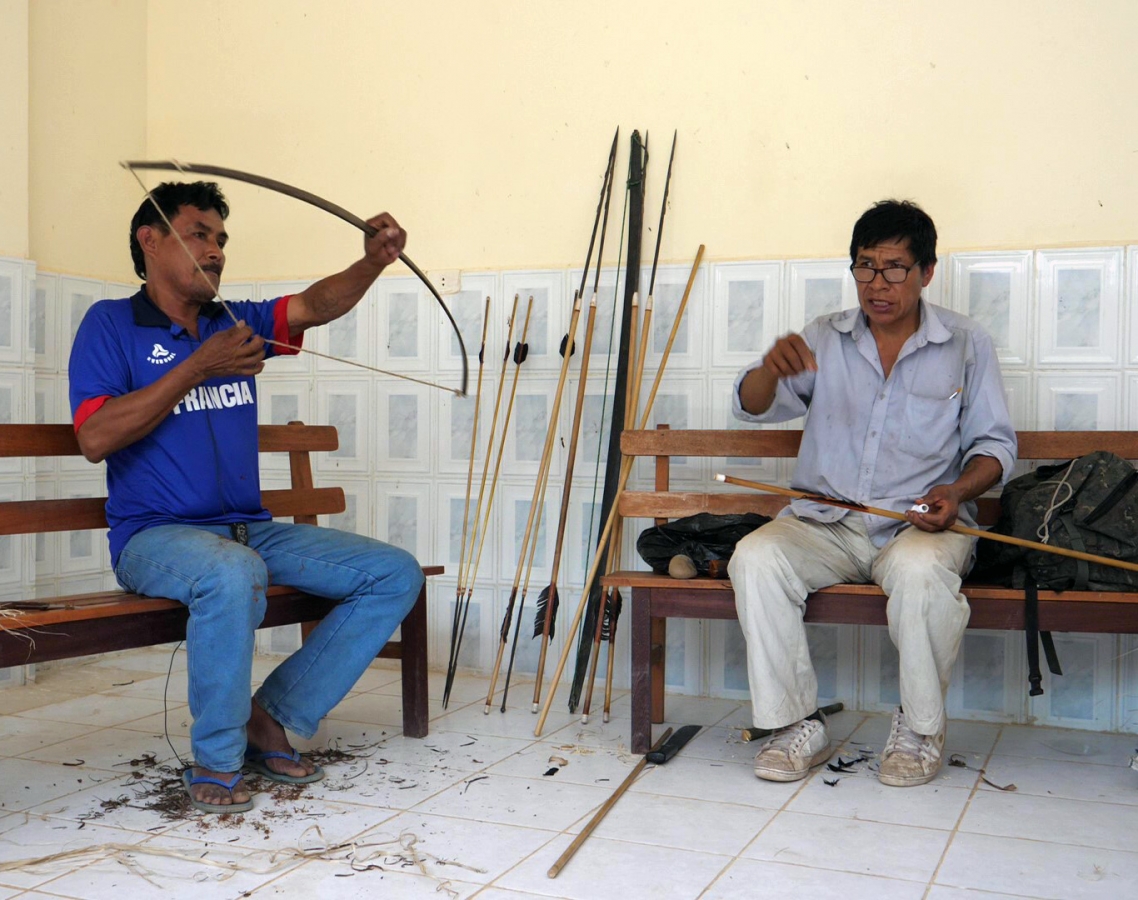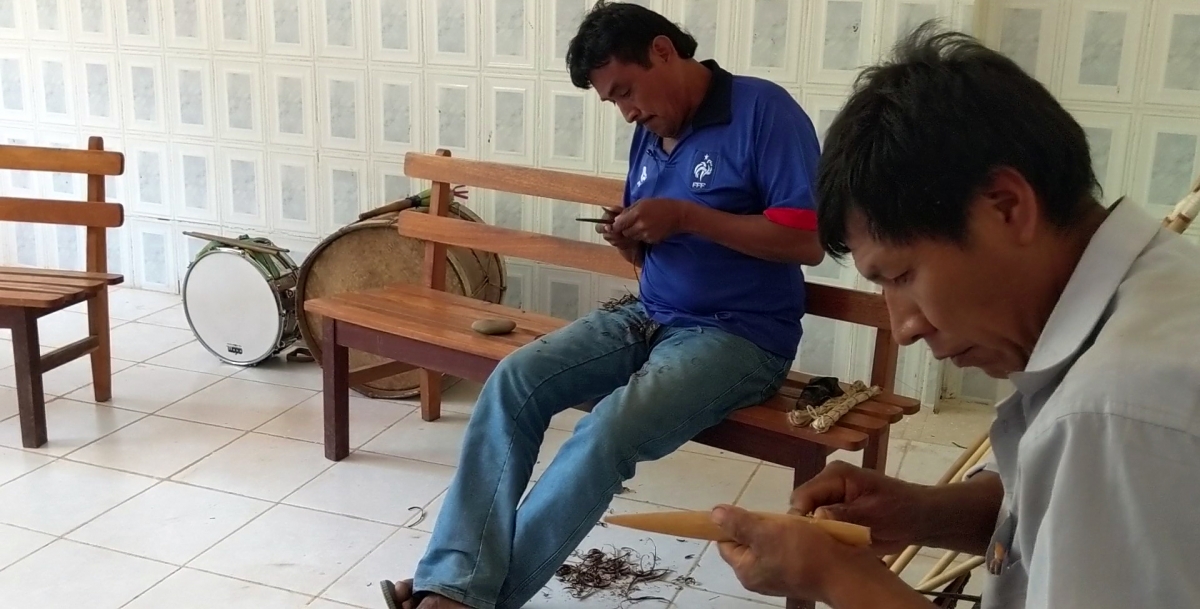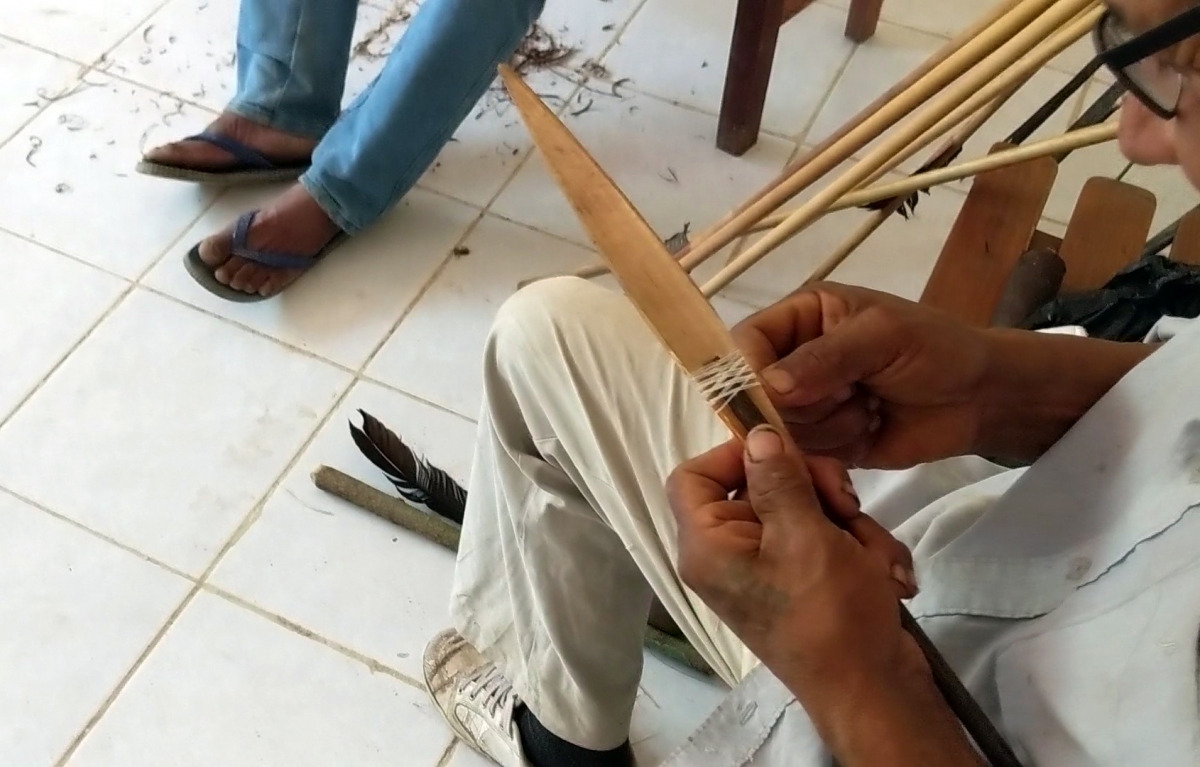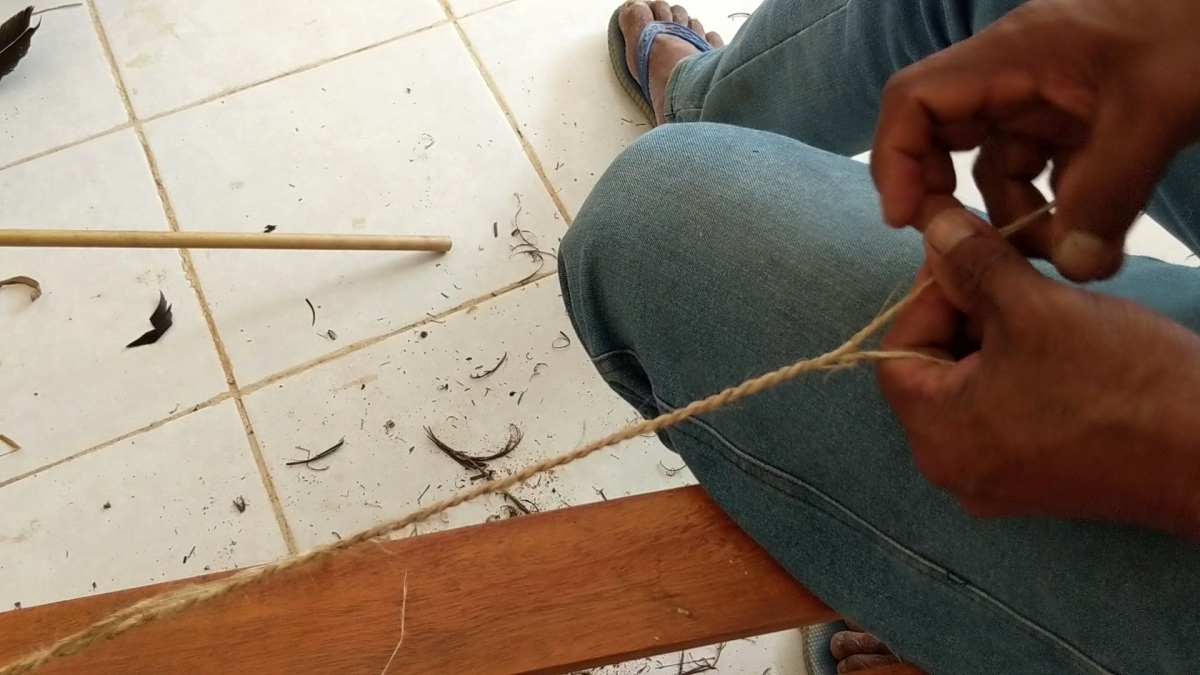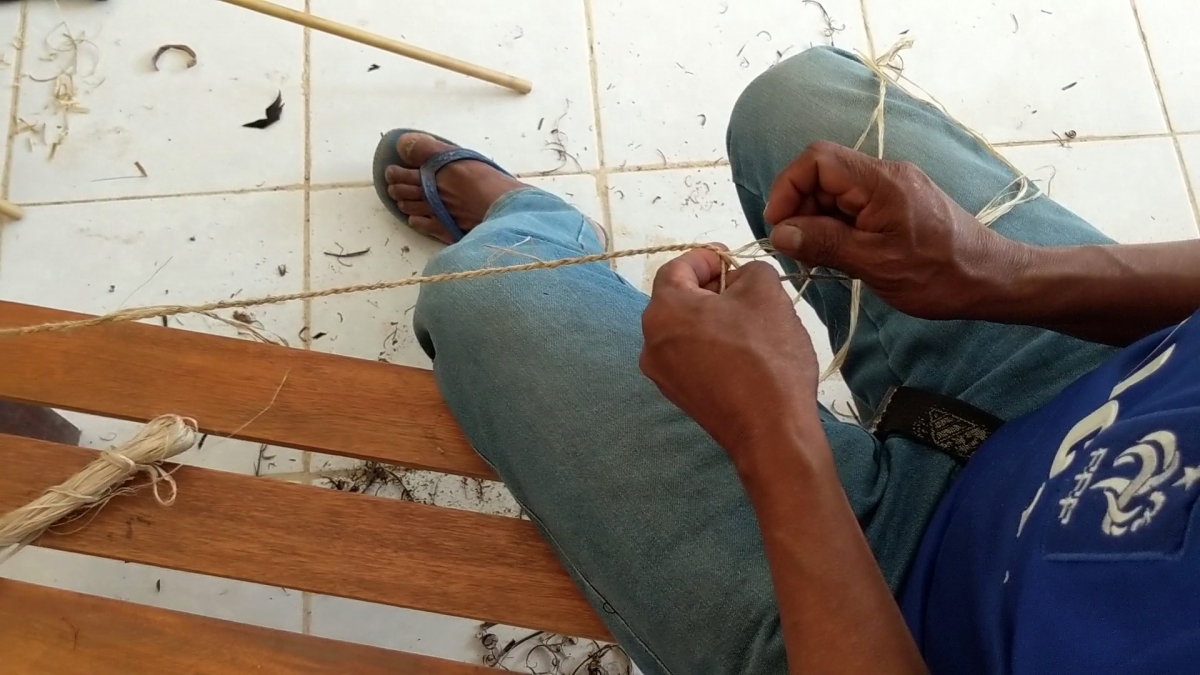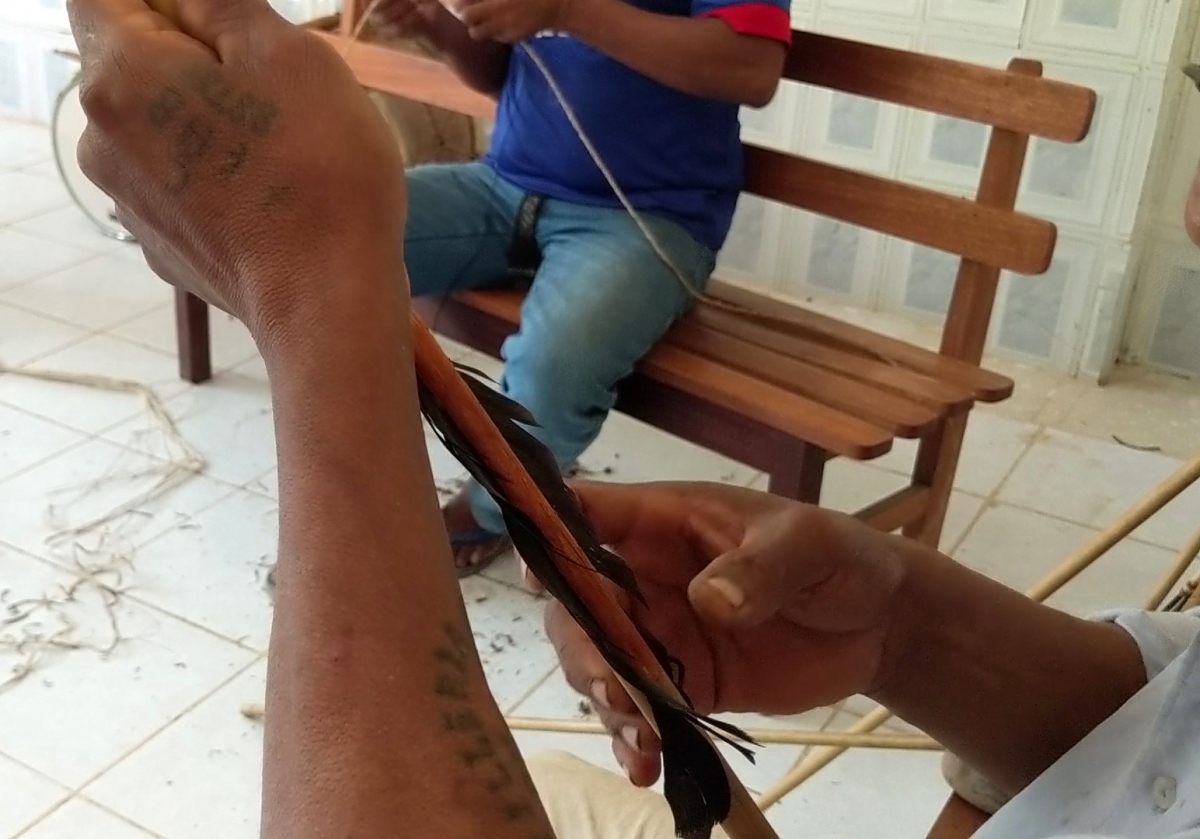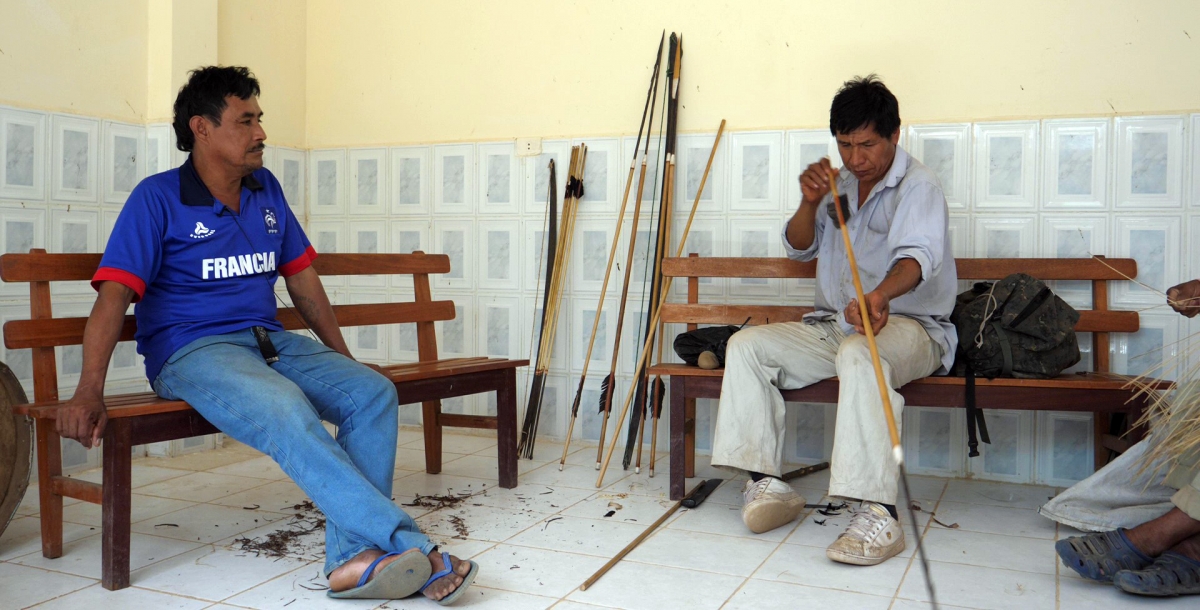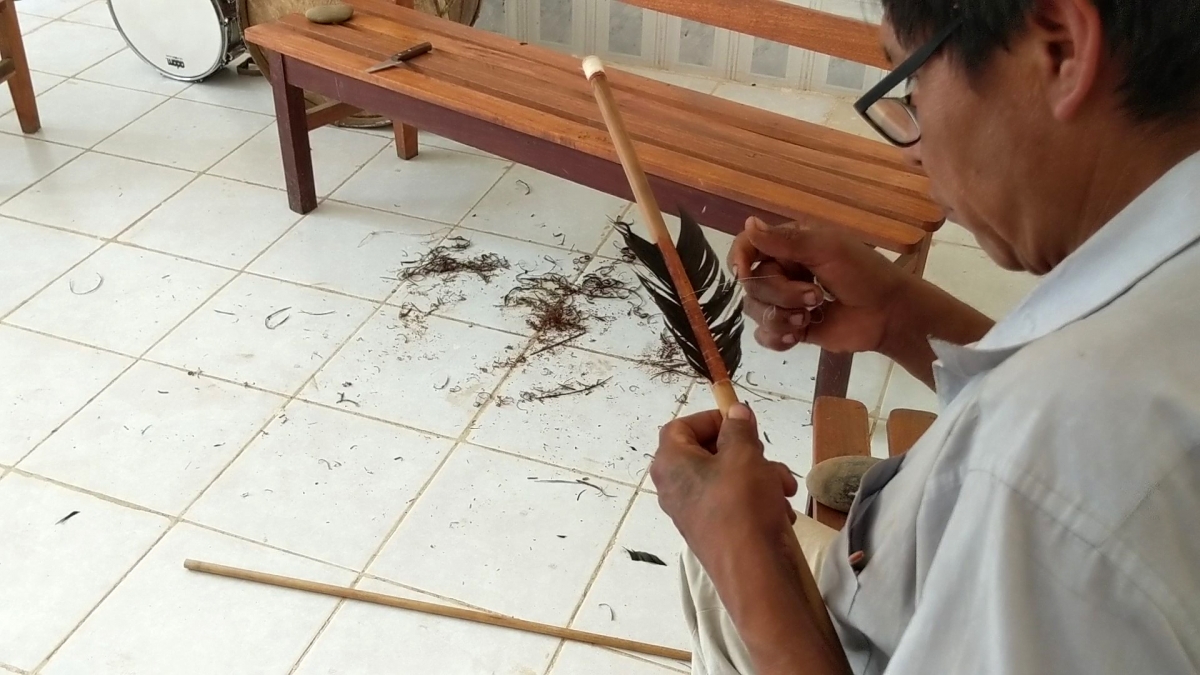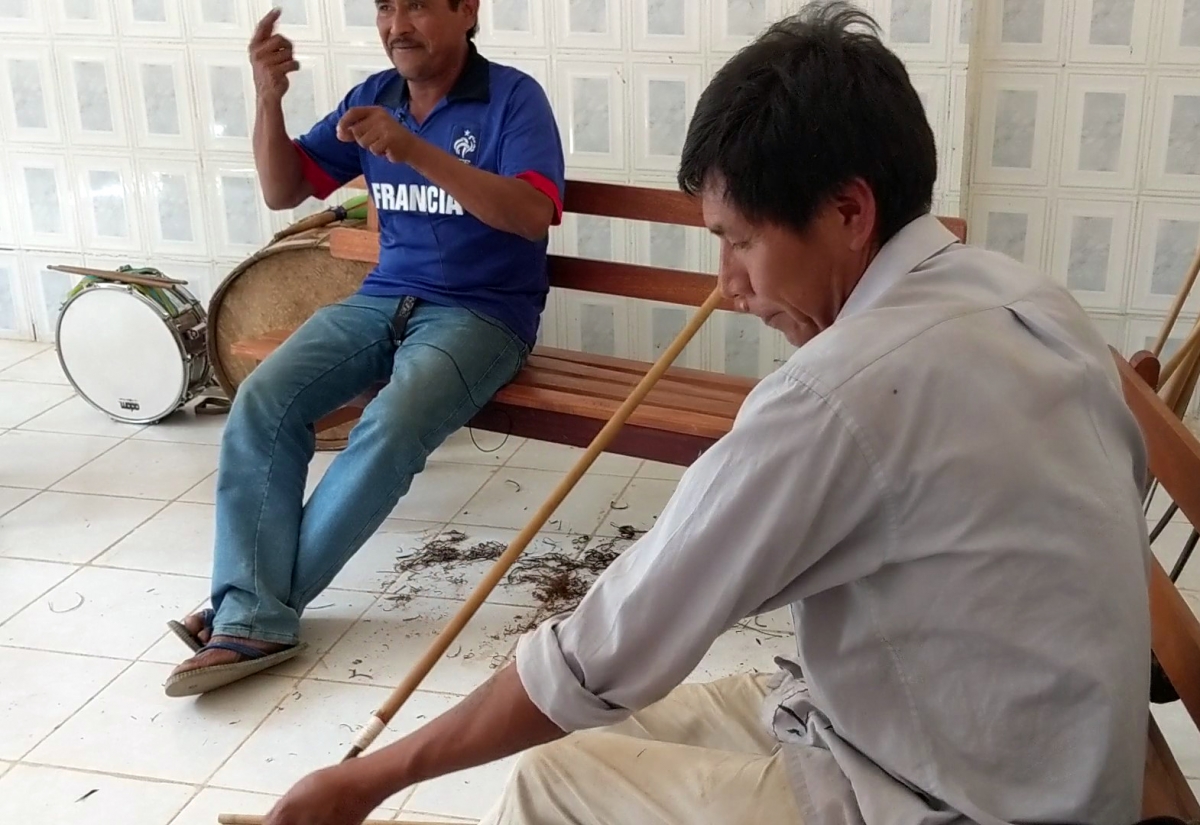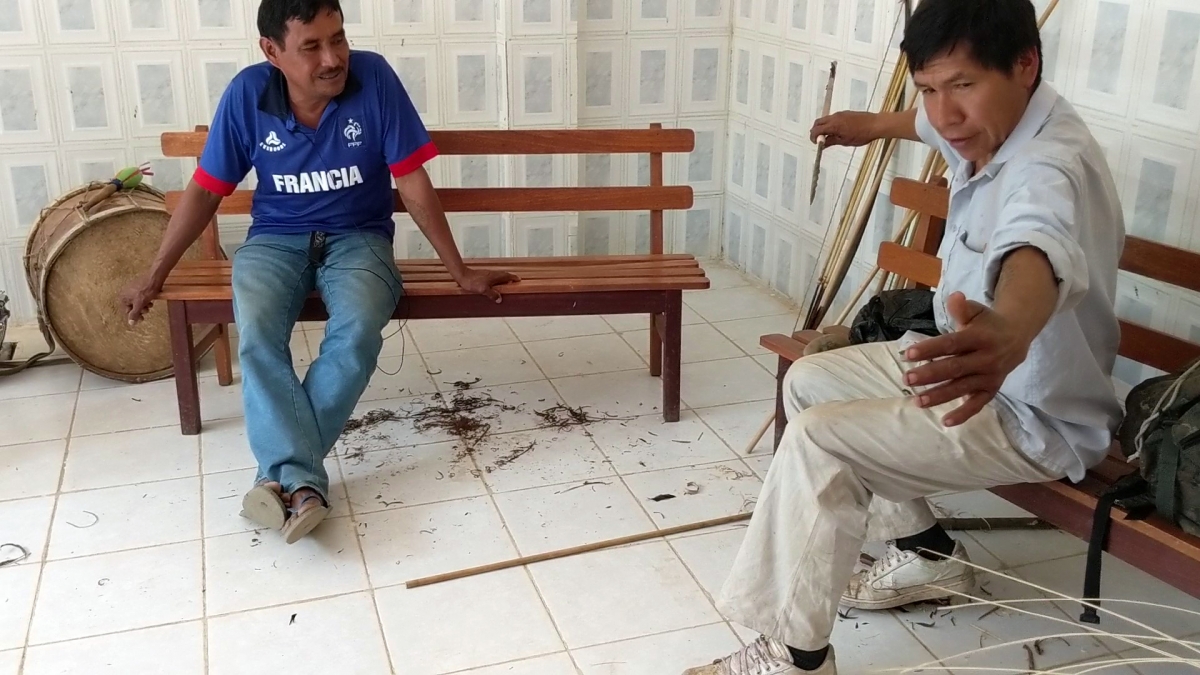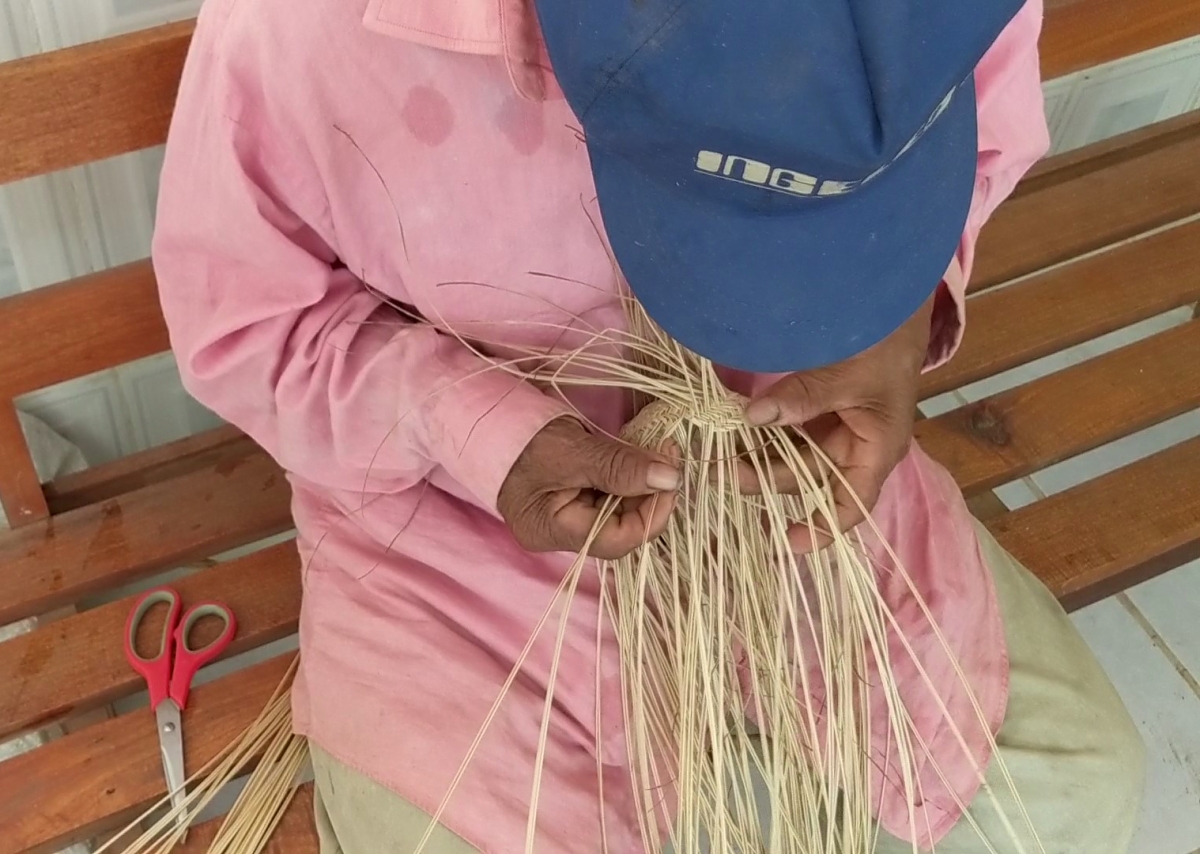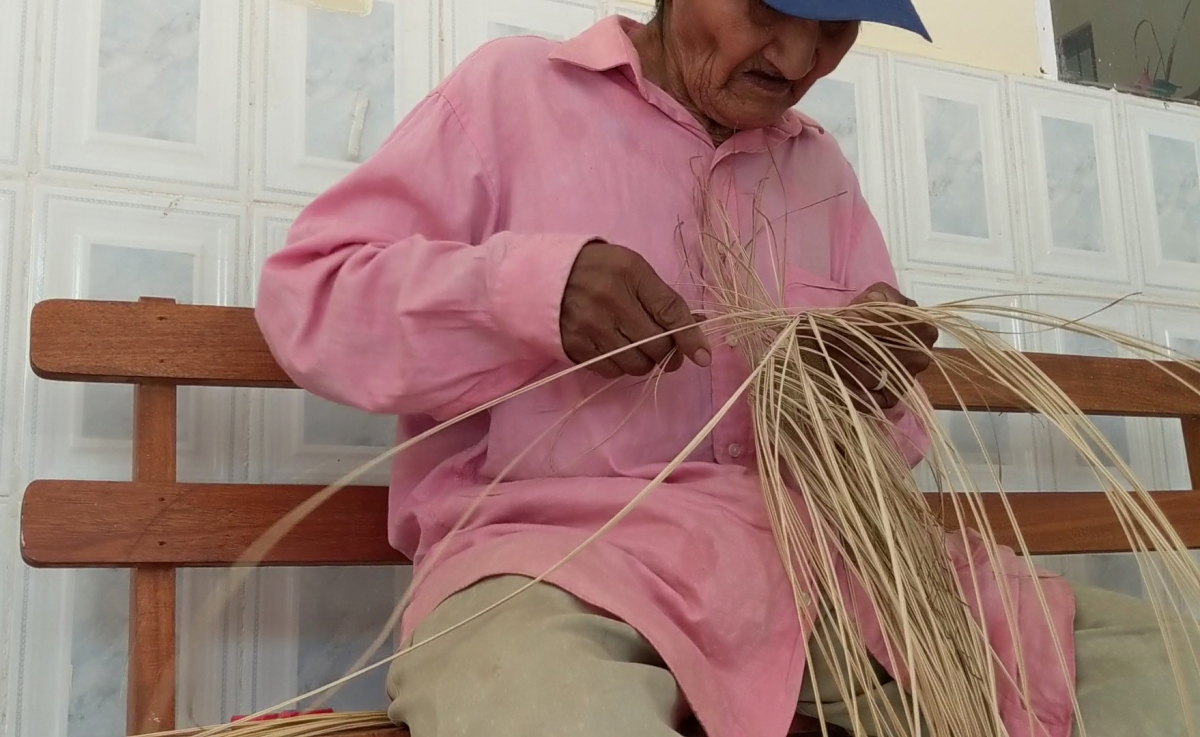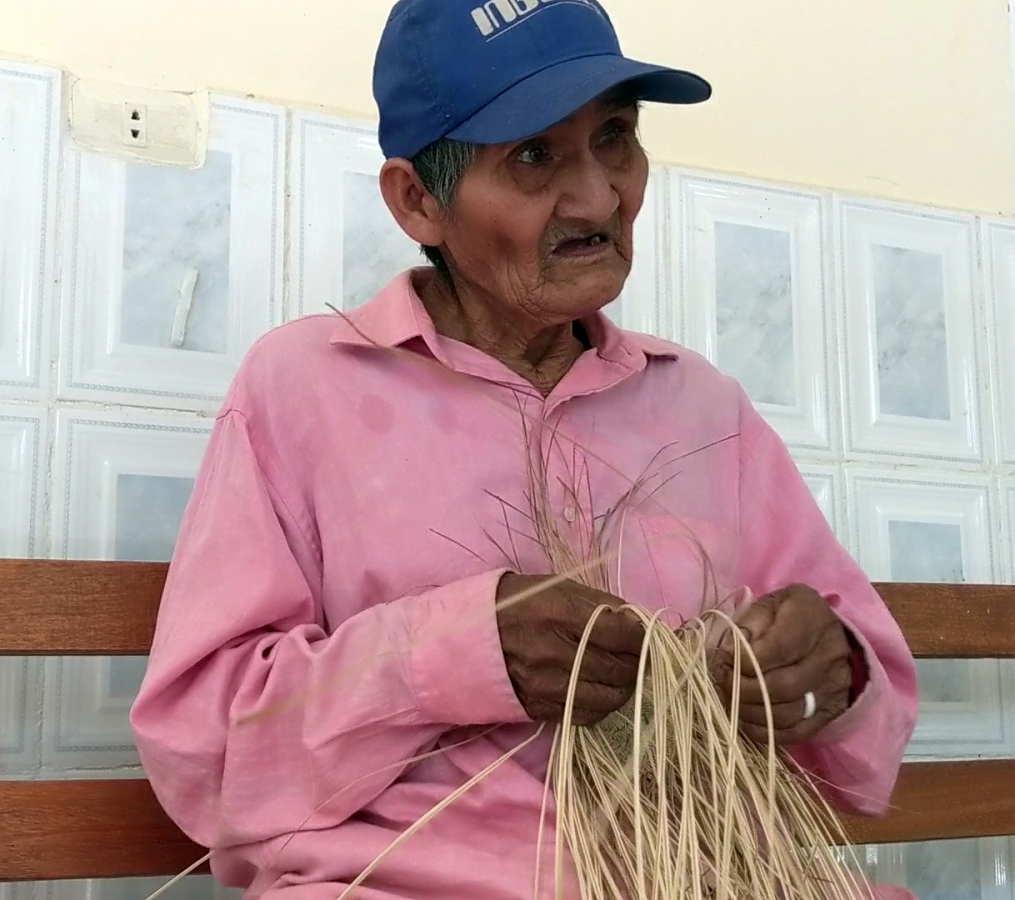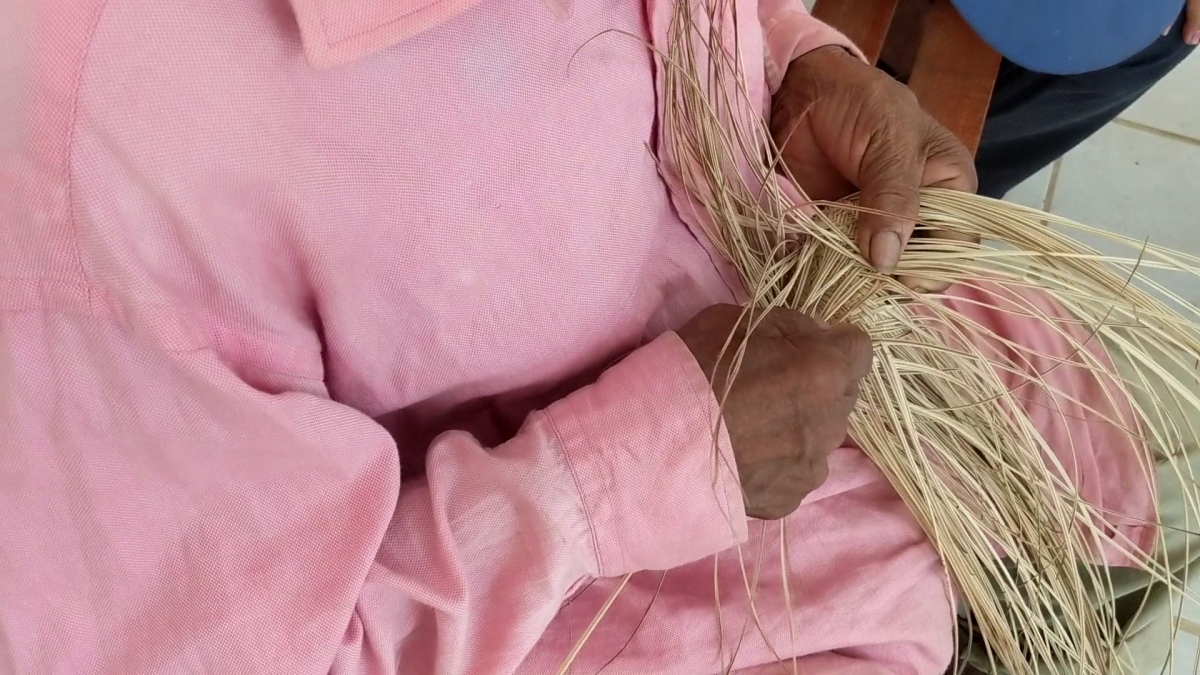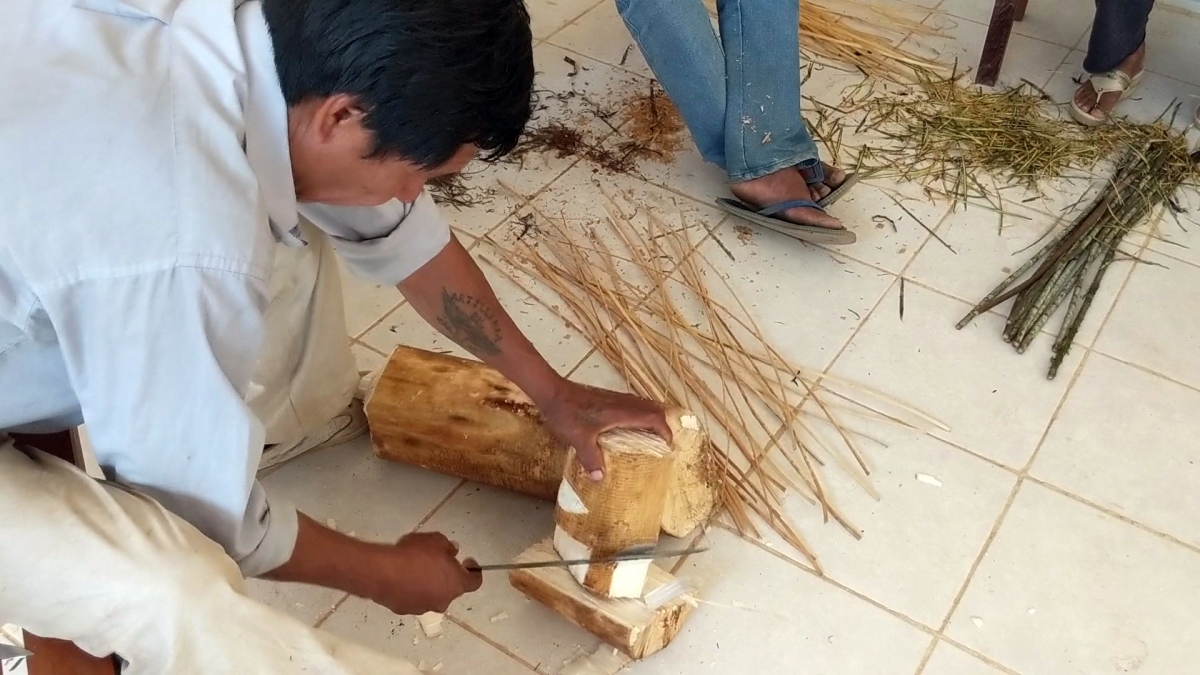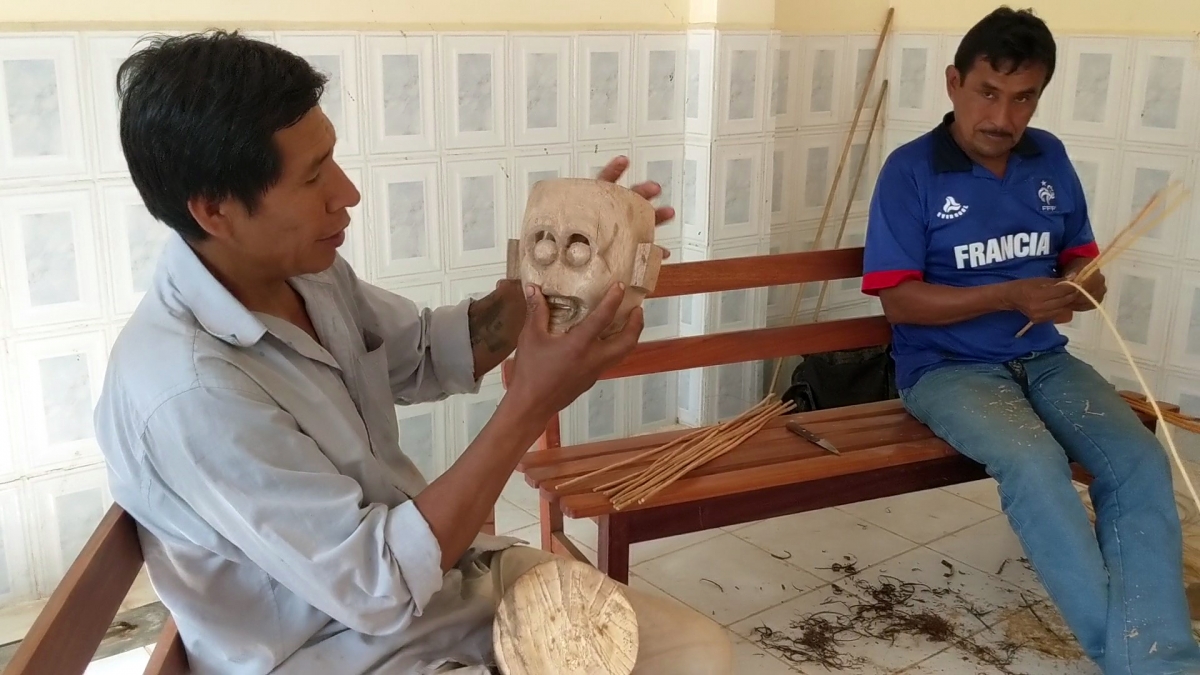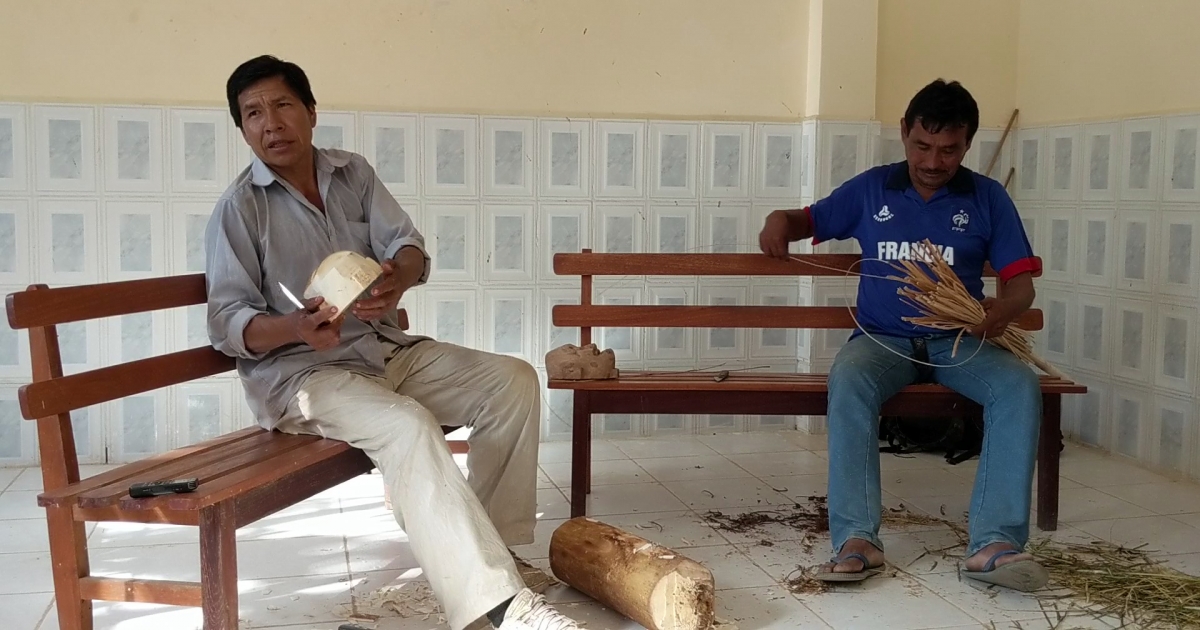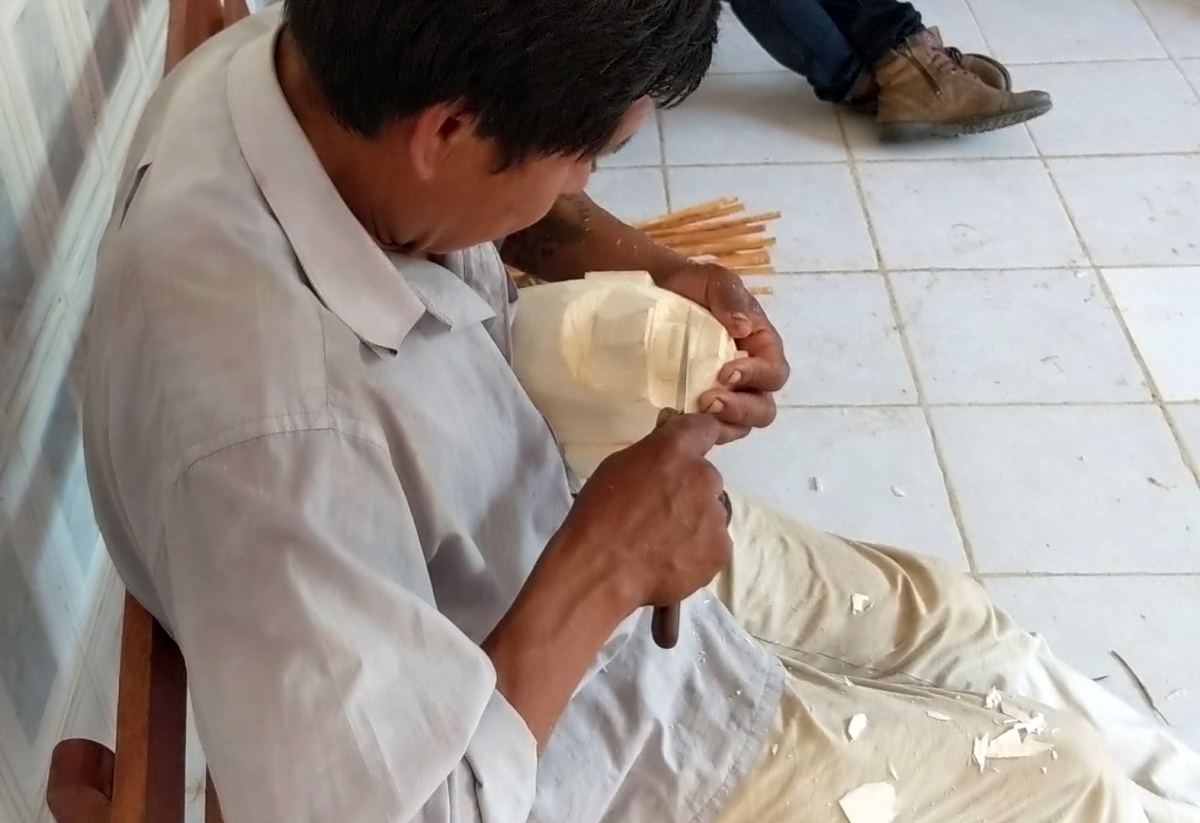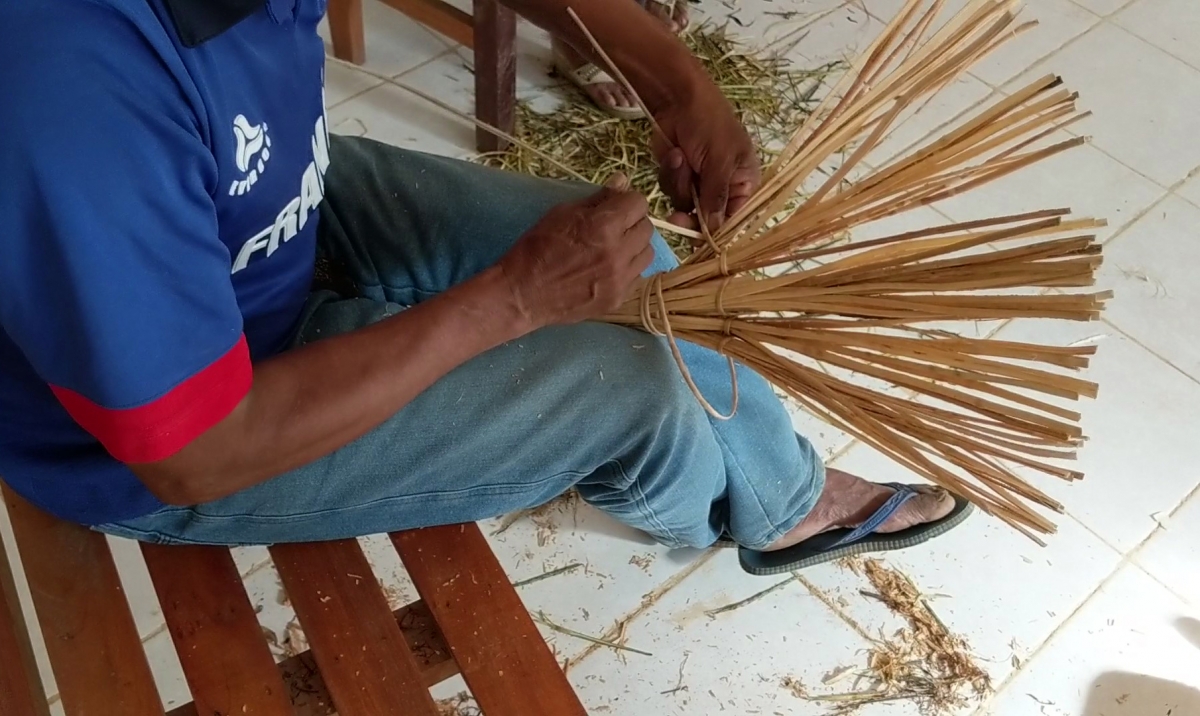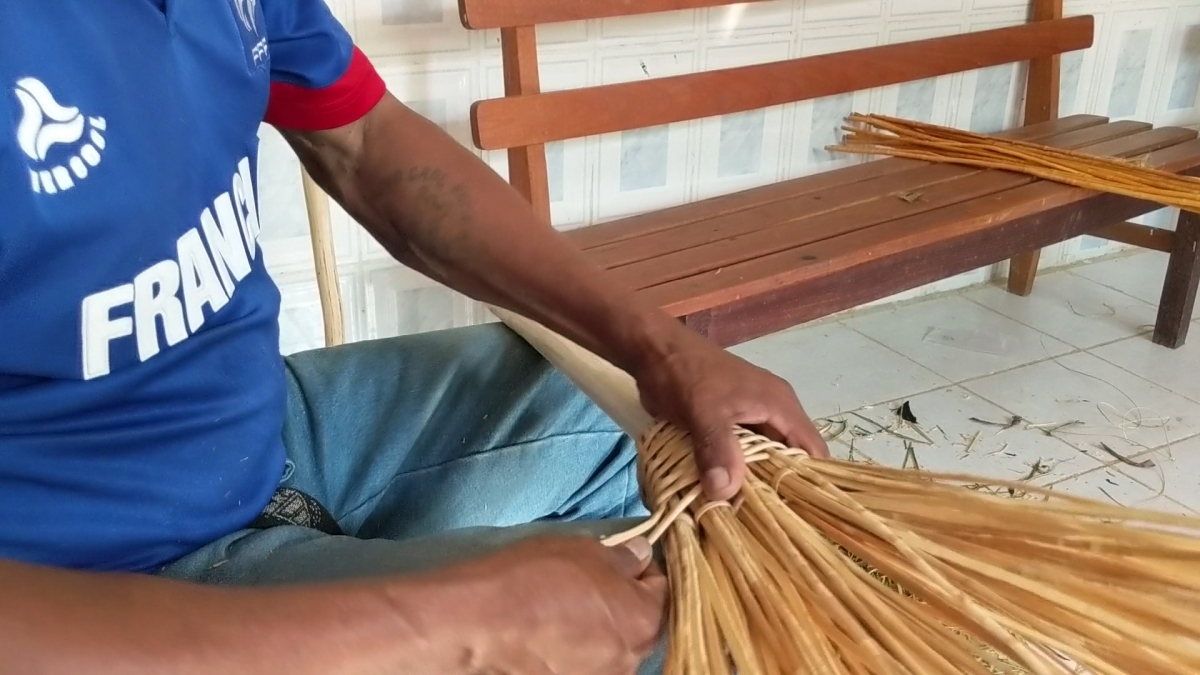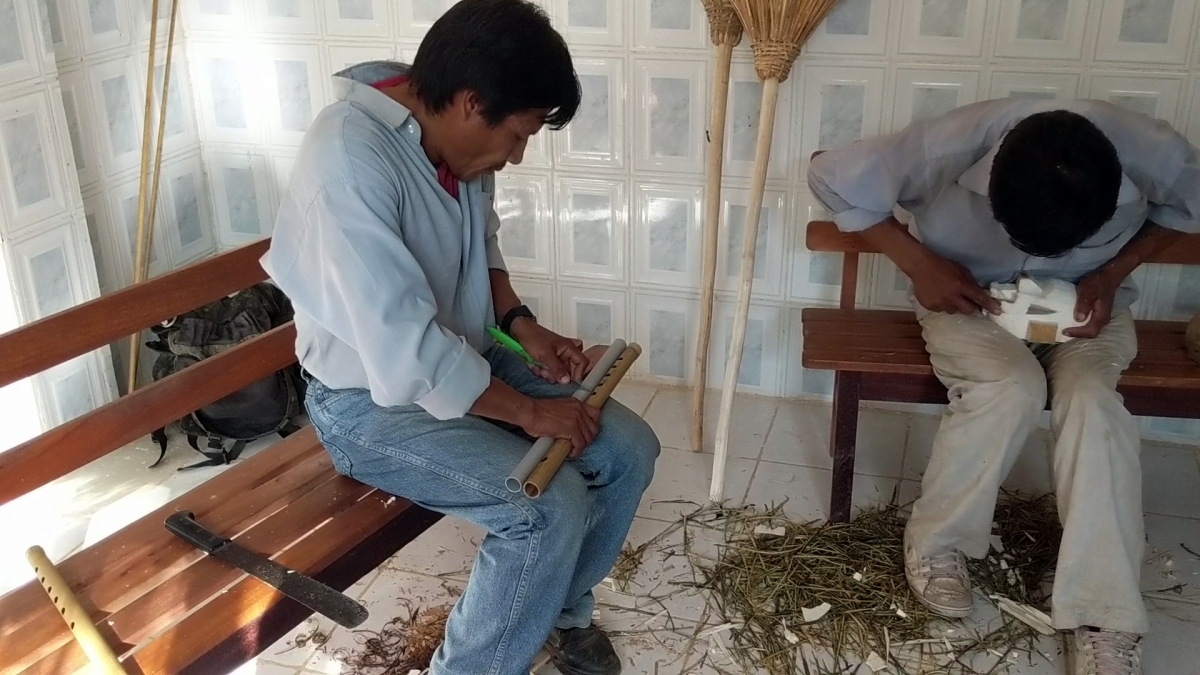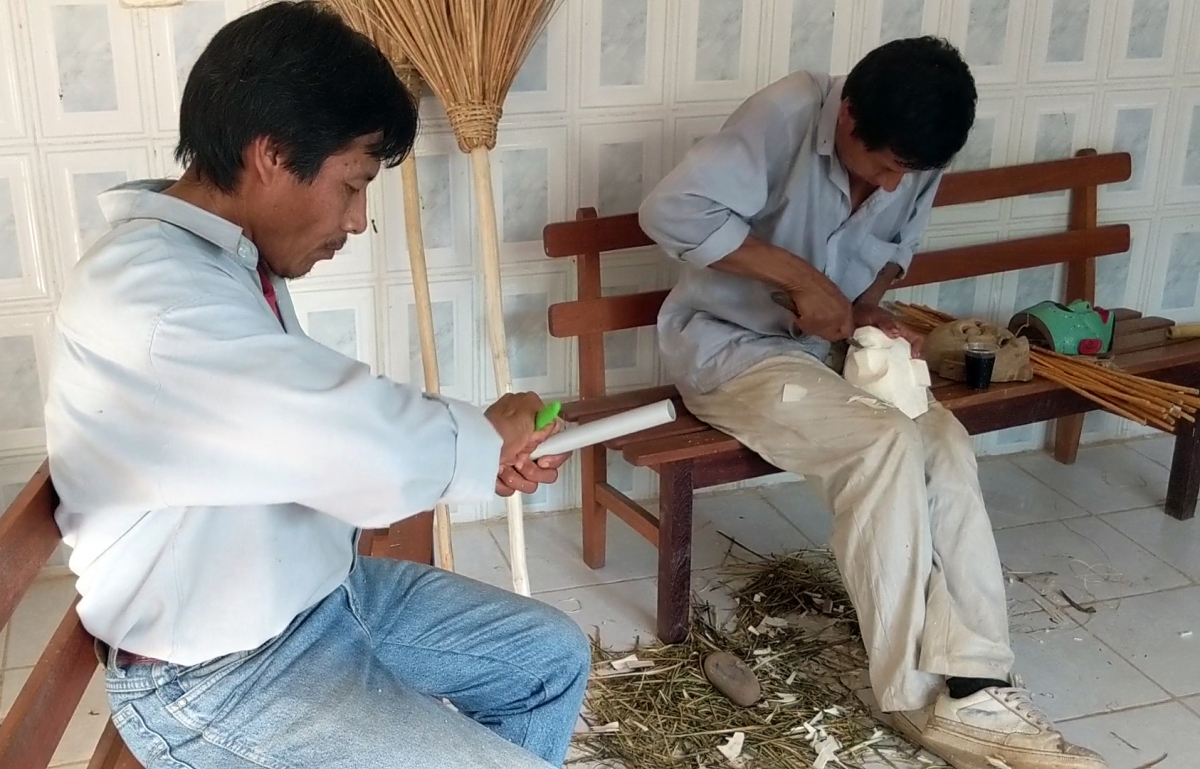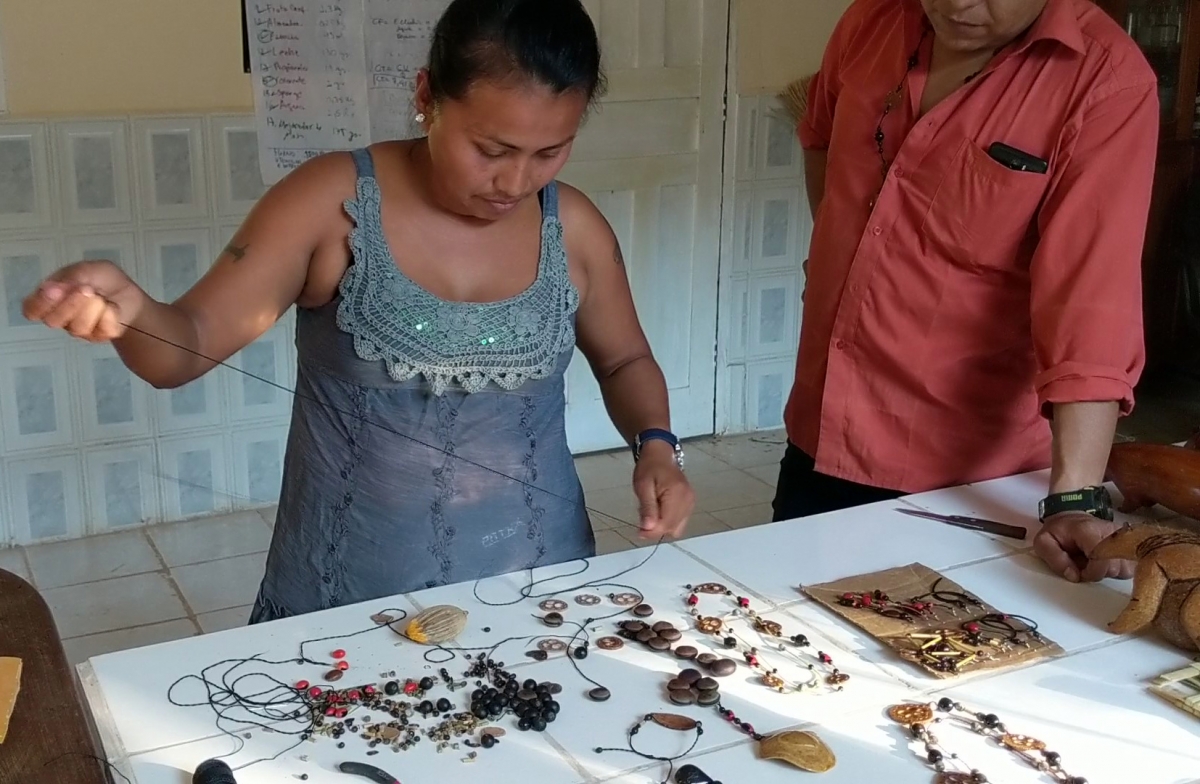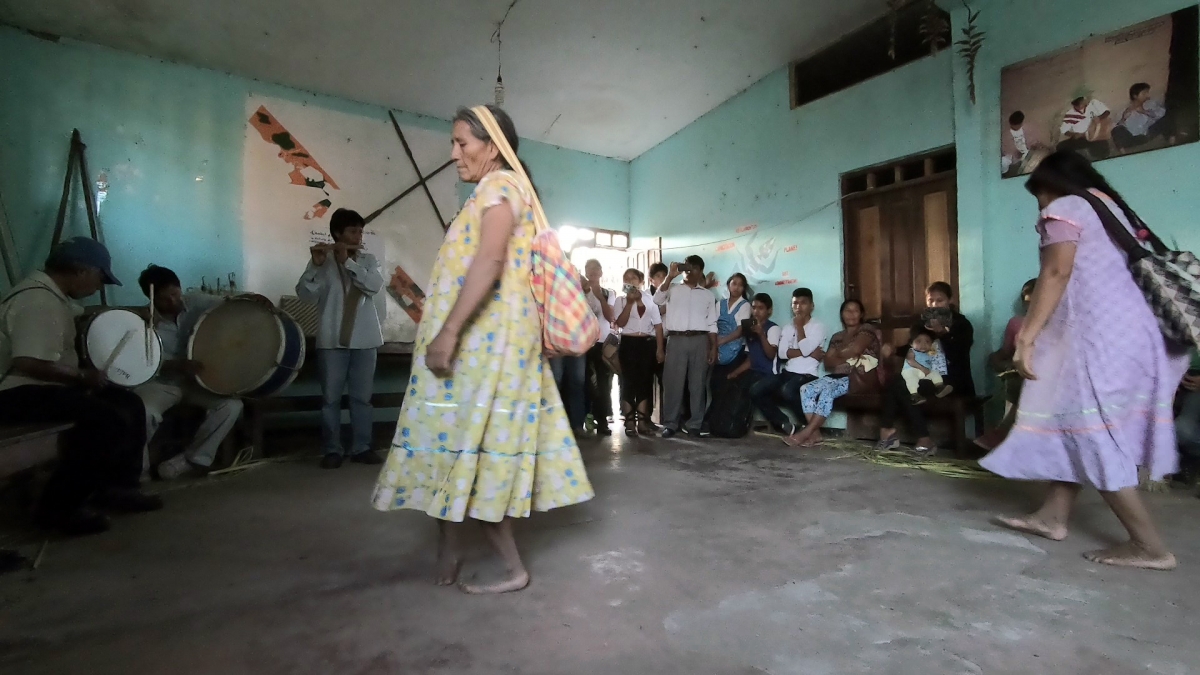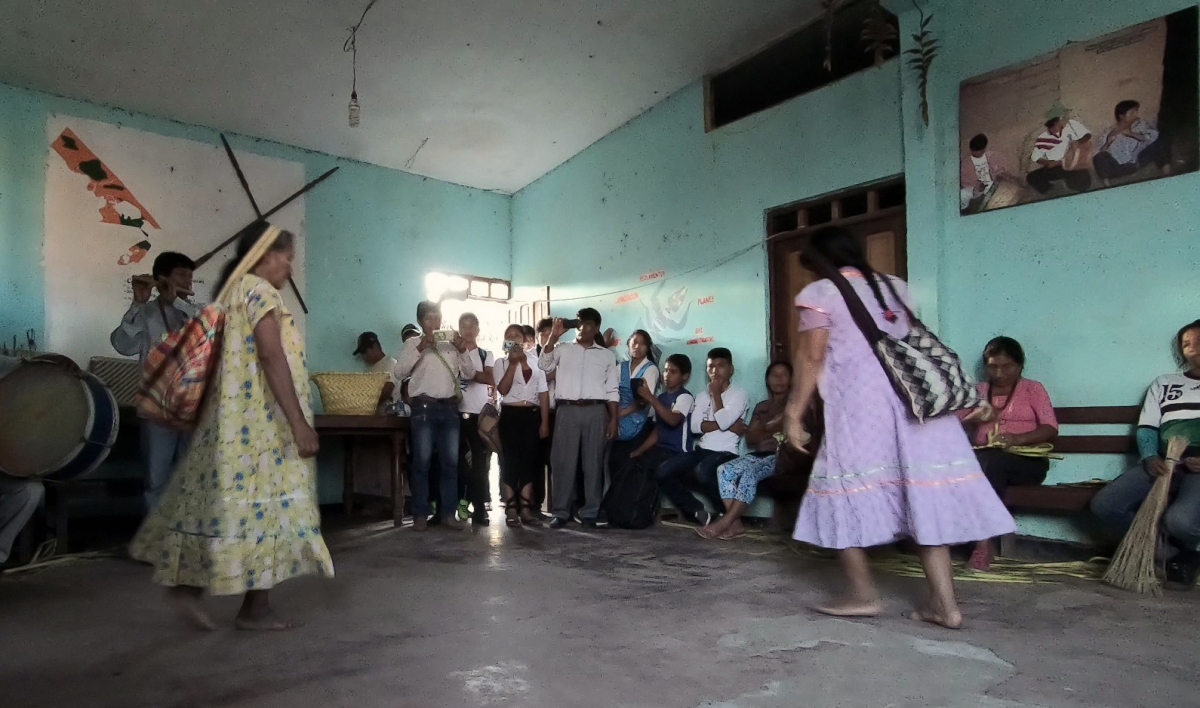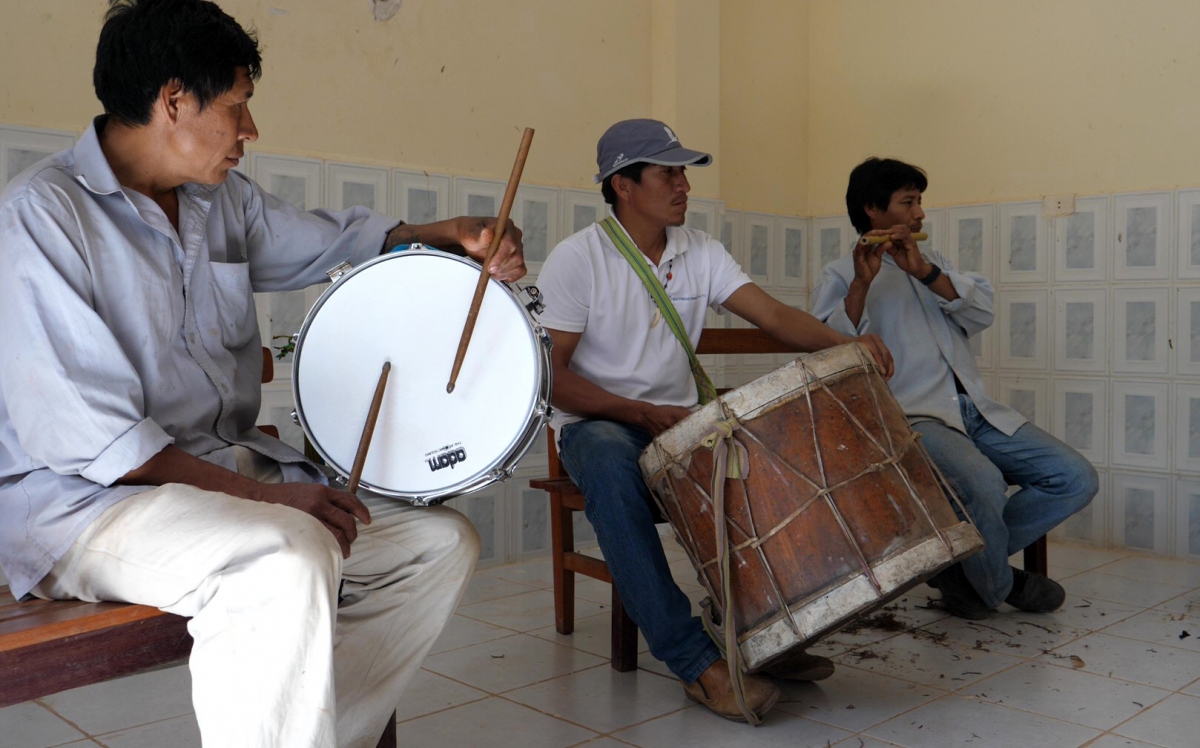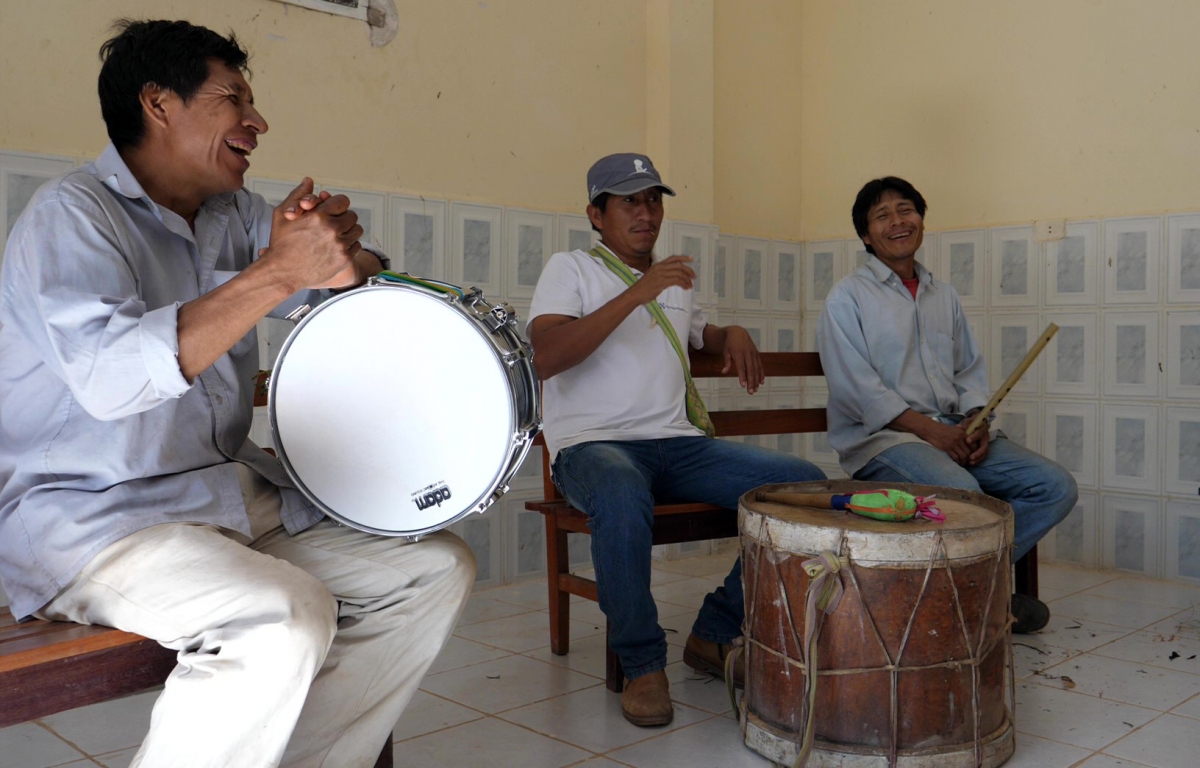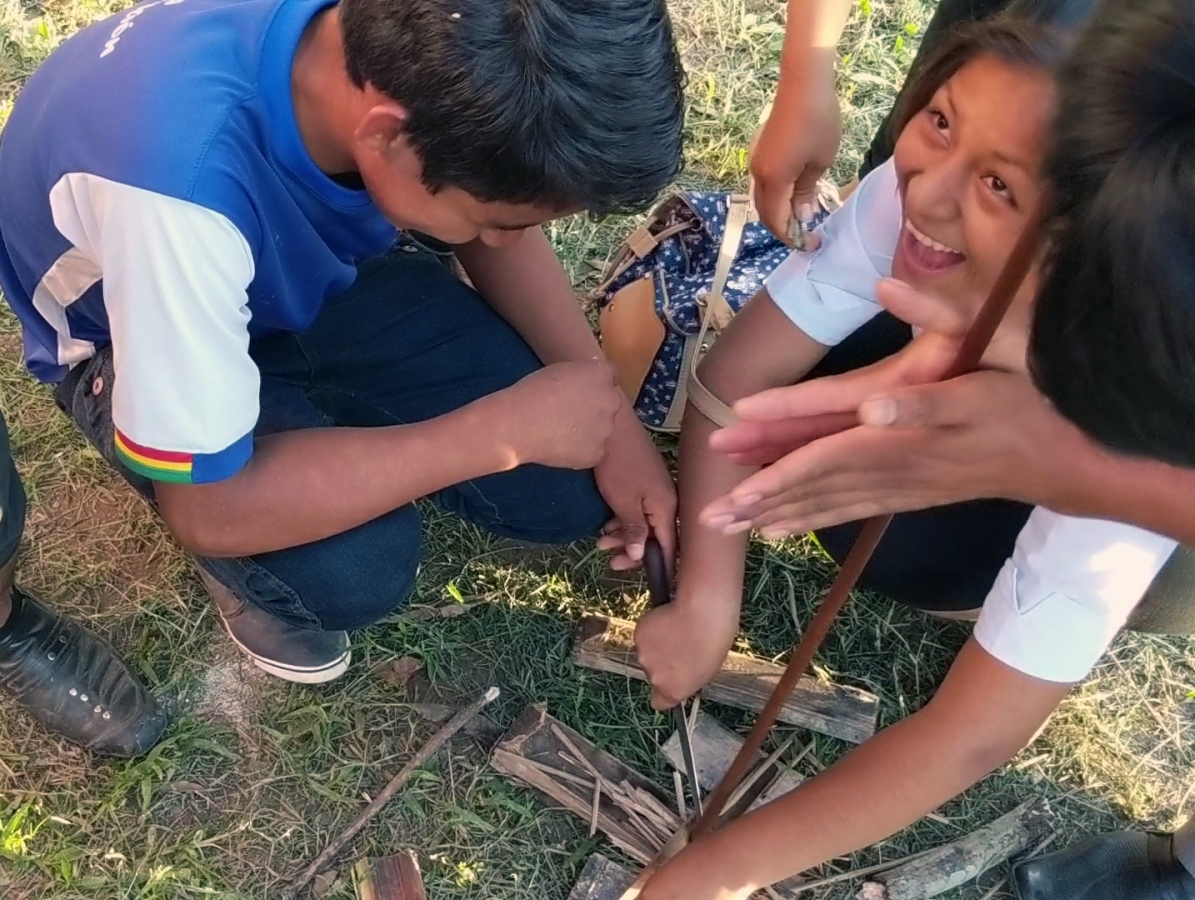The following video stills are from a project initiated by the Mosetén people (el pueblo indígena Mosetén) in collaboration with Dr Anne Pisor, who has collaborated with the Mosetén for many years. The Mosetén are an indigenous group from the lowlands of Bolivia. They have close historical connections with the neighboring Tsimane’, a pueblo indígena receiving more contemporary attention from anthropologists. Historically, the two groups speak different dialects of the same language (Mosetenan) and share subsistence practices of mixed horticulture and hunting, fishing, and gathering. However, while the number of speakers of the Tsimane’ dialect is growing, a rarity among contemporary indigenous languages in South America, the Mosetén language is rapidly being lost, as are many material cultural practices that have been important markers of Mosetén identity.
Los siguientes videos son de un proyecto iniciado por el pueblo indígena Mosetén en colaboración con Dra Ana Pisor, quien ha colaborado con los mosetenes por tantos años. Los Mosetén son un grupo indígena de las tierra bajas de Bolivia. Tienen conneciones cercas con los Tsimane’, un grupo en que están enfocado más los antropólogos contemporaneos. Historicamente, los dos pueblos indígenas hablaban dialectos diferentes del mismo idioma (Mosetenan) y ambos utilizaban formas similares de substancía agricola y de cazar, pescar, y recolectar. No obstante, aunque el número de hablantes del dialecto Tsimane’ sigue creciendo, una raredad entre los idiomas contemporeanos de America del Sur, el idioma Mosetén está perdiendose rápidamente, igual que muchas de sus prácticas culturales de material que han sido indicadores importantes de la identidad mosetén.
In response to concern among Mosetén adults about this cultural loss, Dr Pisor and David Maito Baya, outgoing vice president of the Pueblo Indígena Mosetén, designed the visual project featured here. This documentation reflects an effort to both preseve and display contemporary Mosetén material culture, including the detailed steps required to produce these works, with the joint goals of making this information available for current and future generations of Mosetén youth, and for promoting recognition of Mosetén cultural traditions in Bolivia and beyond. Historically, the material culture documented in these stills was an essential part of the Mosetén lifeway. Today, while these items are visible, but not central, features of daily life in Mosetén communities. Many of them now serve primarily as markers of identity and reminders of history — featuring centrally in celebrations and political life — and are also sometimes sold in the cultural tourism industry.
While Bolivia is often held up internationally as an ‘indigenous nation’, the reality is more complicated. Colonialism existed in Bolivia since well before Europeans arrived, with highland peoples colonizing the lands of less centrally-organized lowland populations. The return to more indigenous-led rule also threatens to replicate this pre-European power imbalance, and cultural documentation projects like this have an important place in making sure that lowland people have political recognition within Bolivia and internationally. For more information about lowland Bolivian peoples, see the English Wikipedia entry on the Confederación de Pueblos Indígenas de Bolivia.
Visual documentation supported by the Max Planck Institute for Evolutionary Anthropology, Department of Human Behavior, Ecology, and Culture. 

